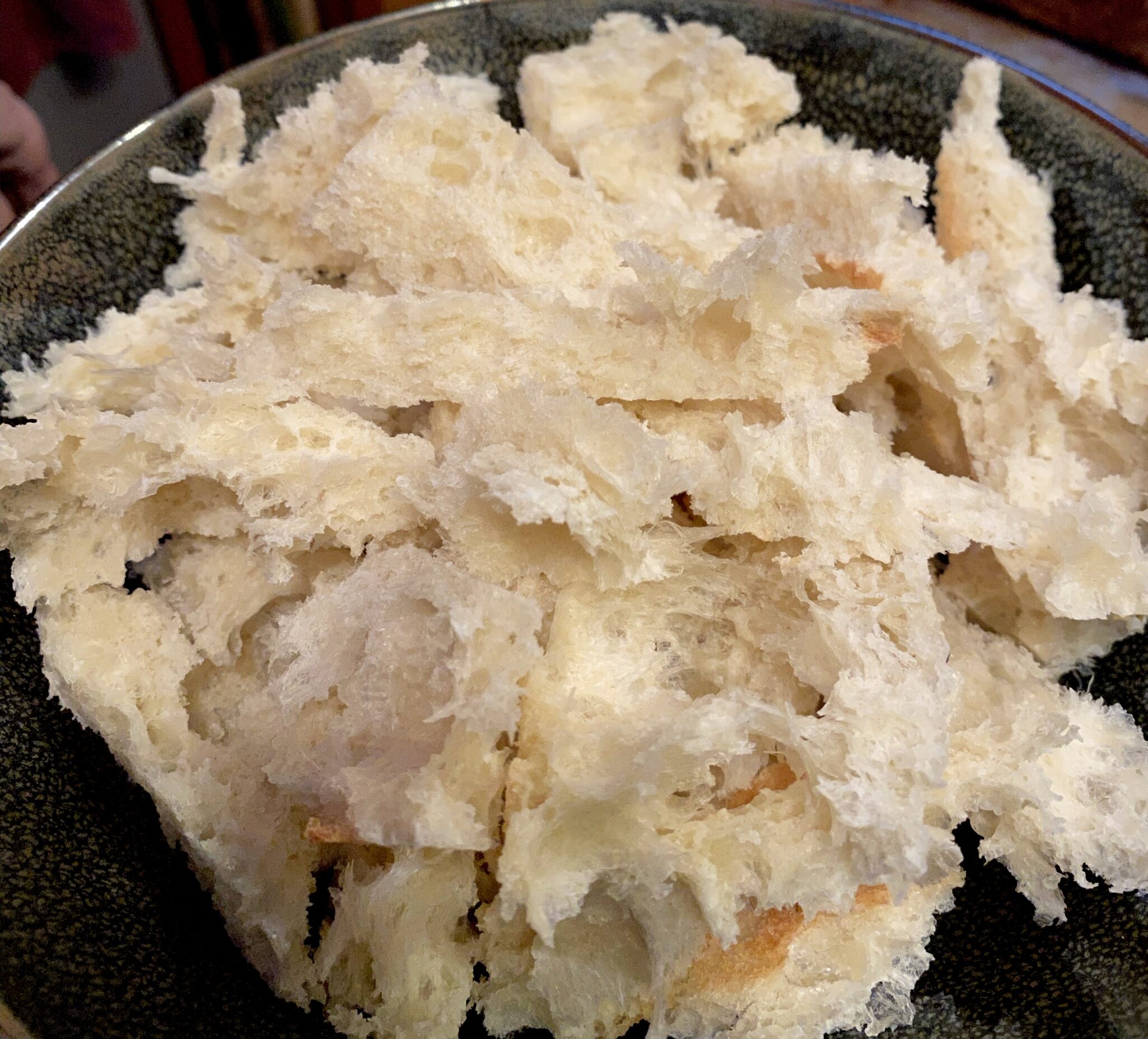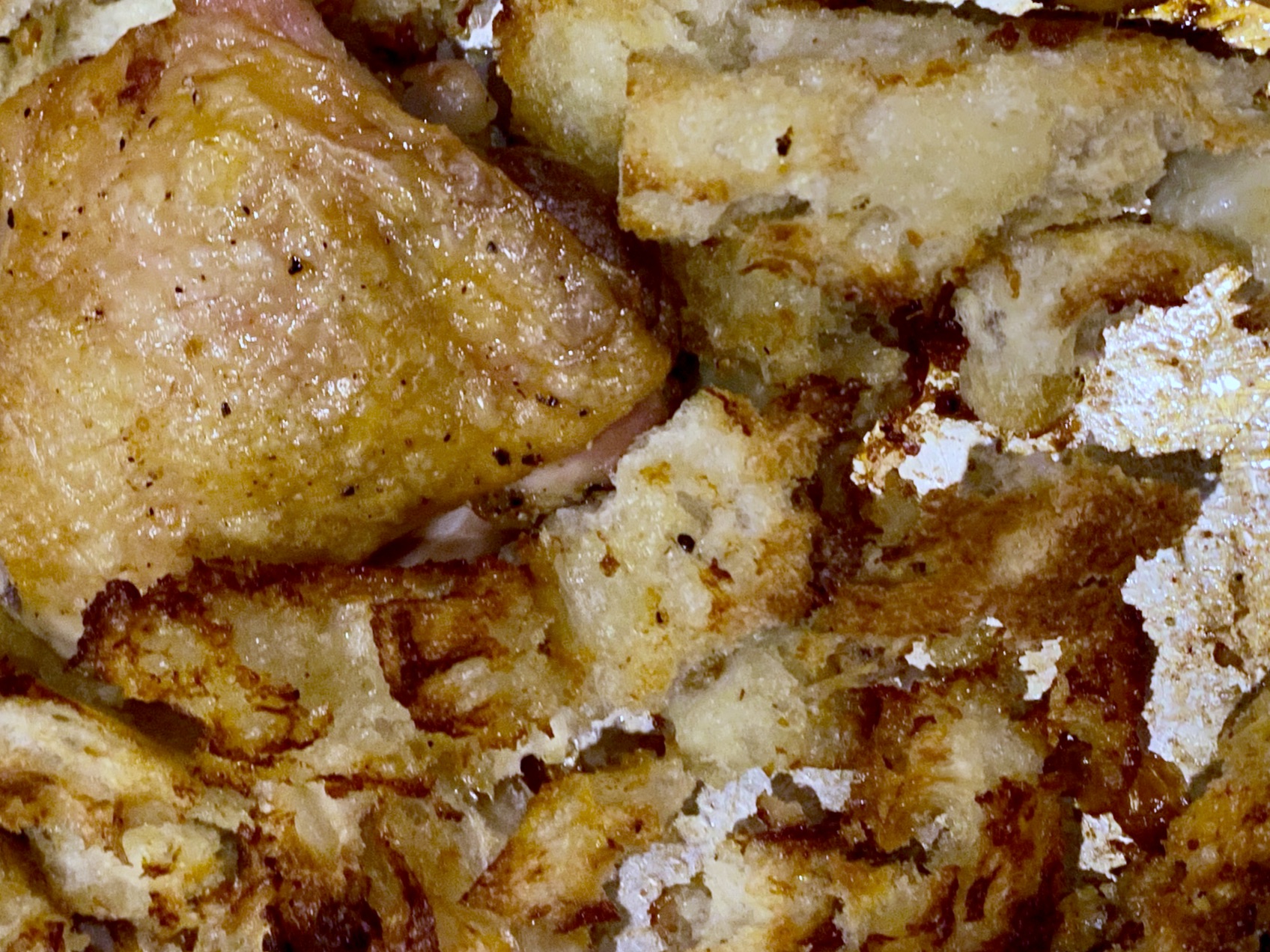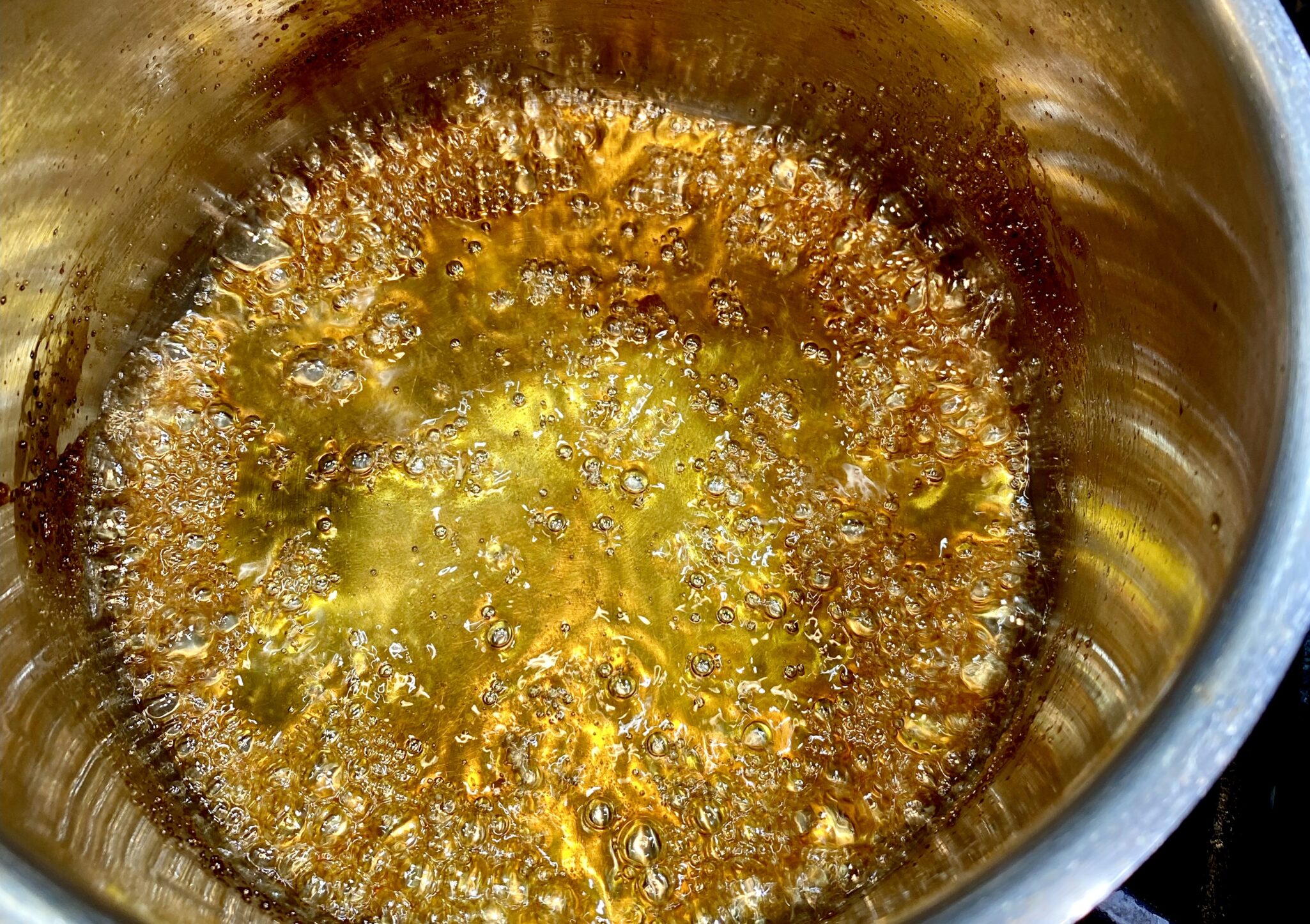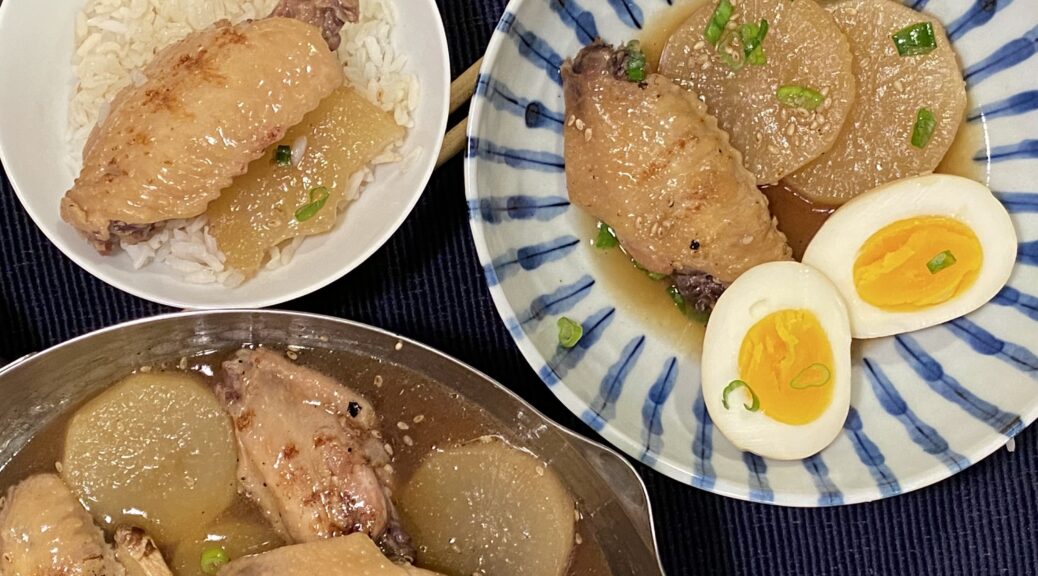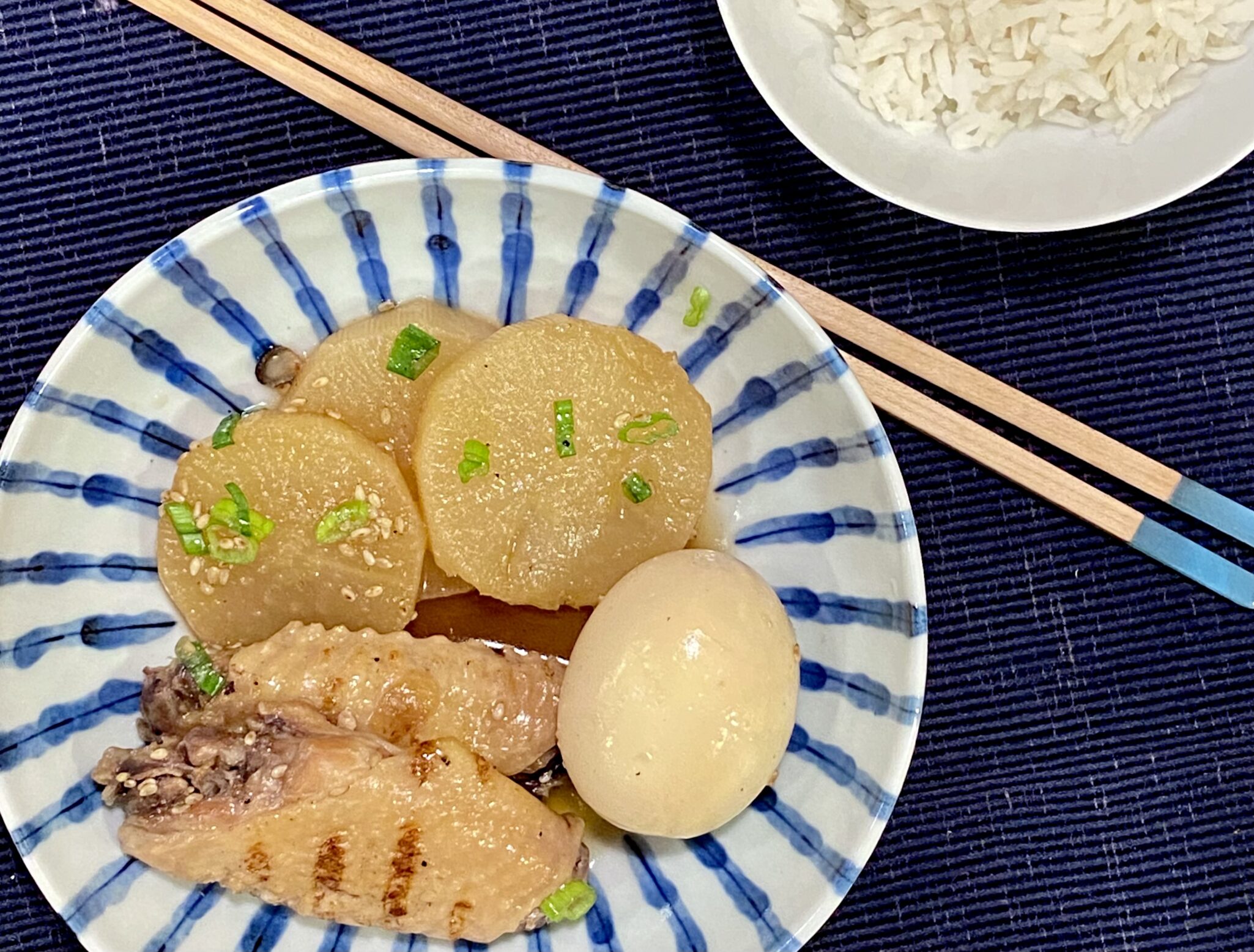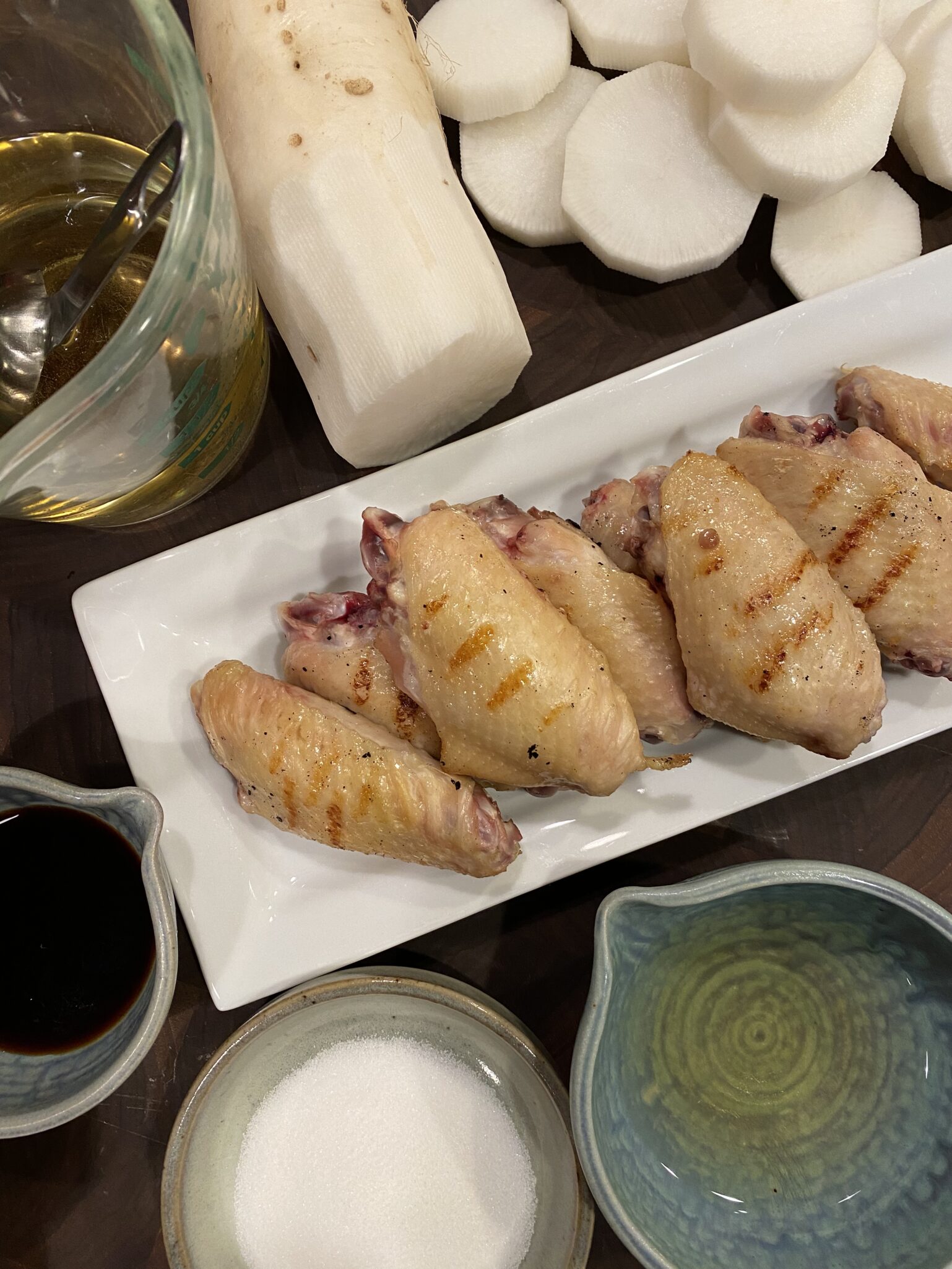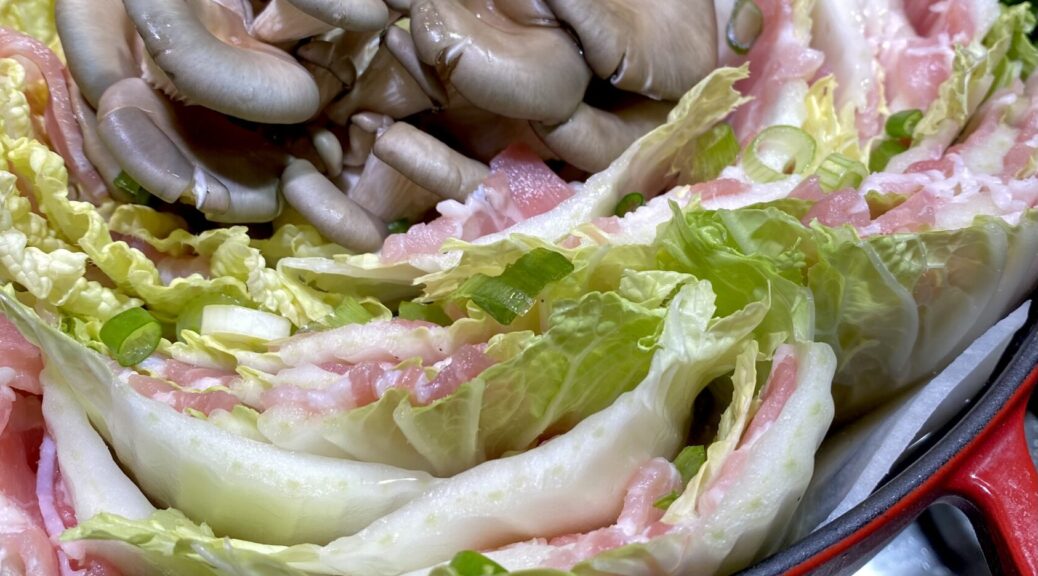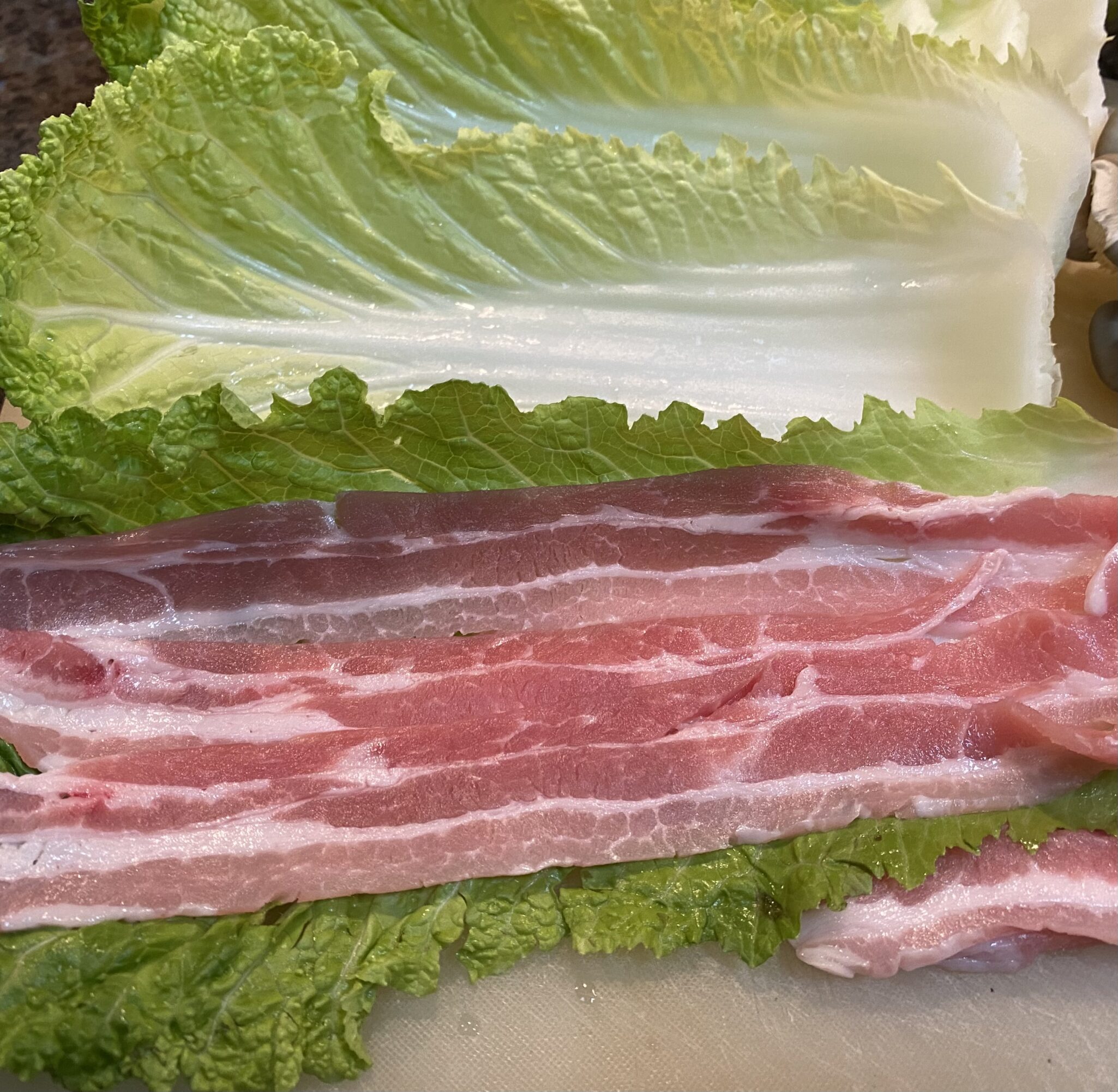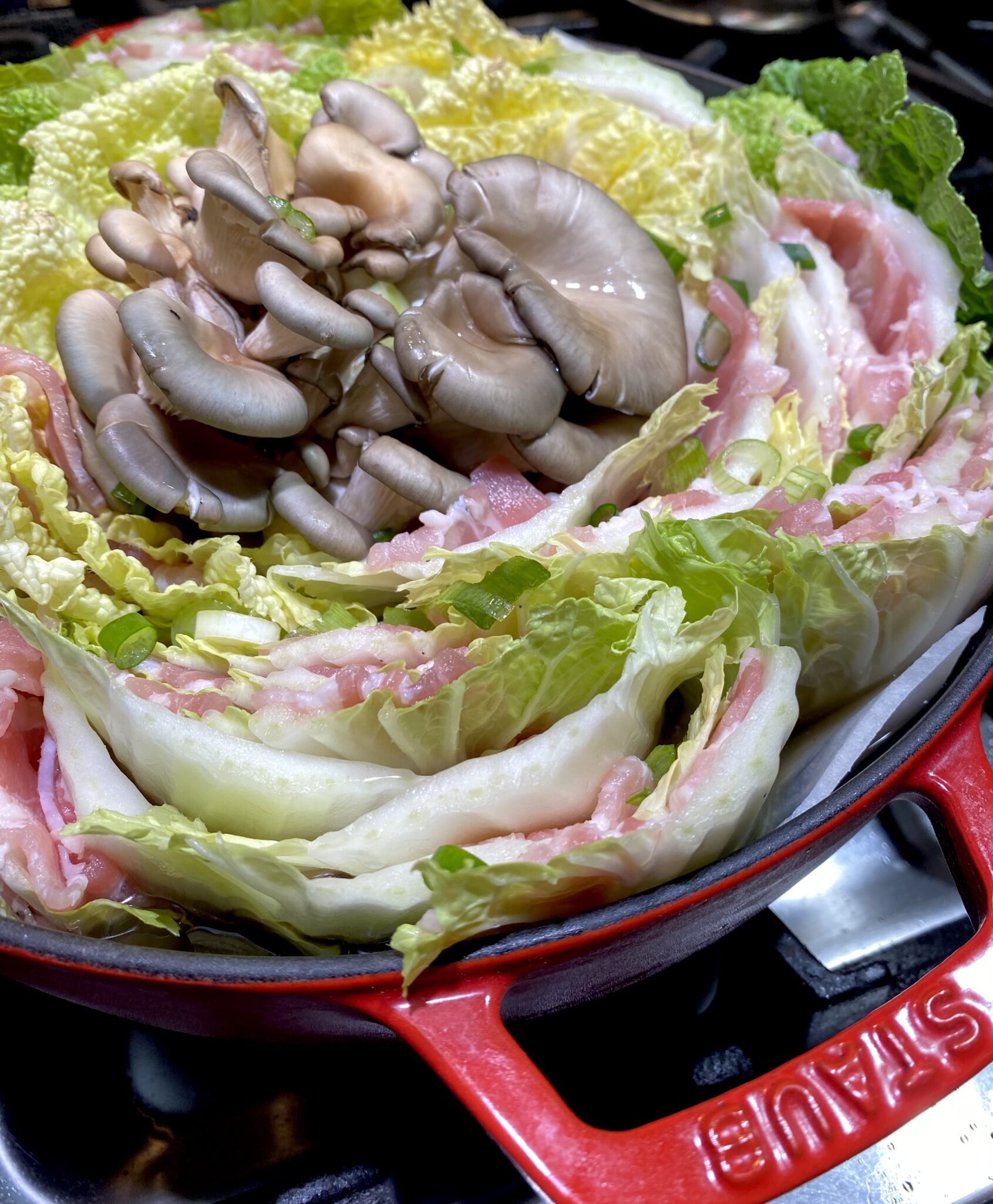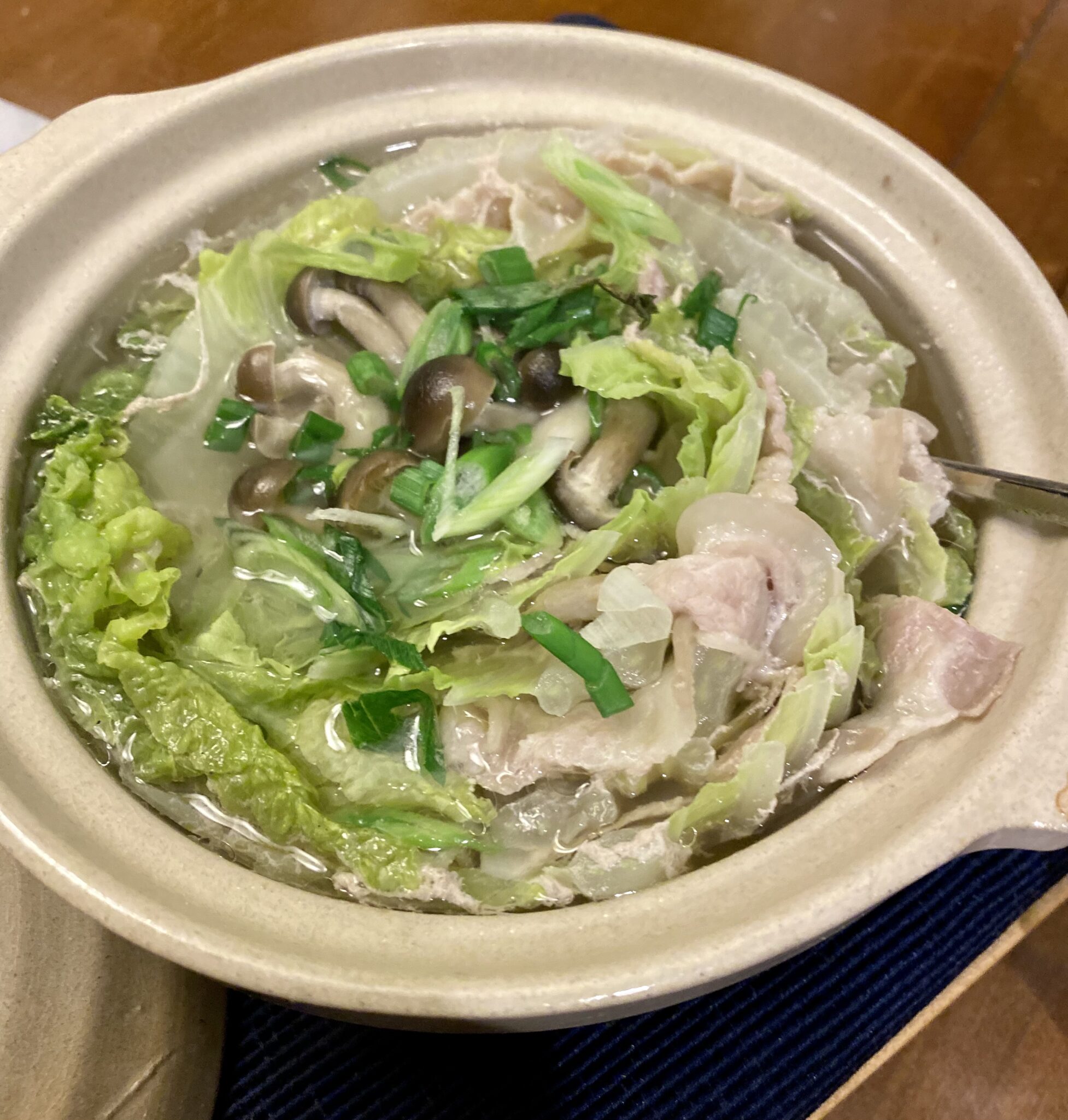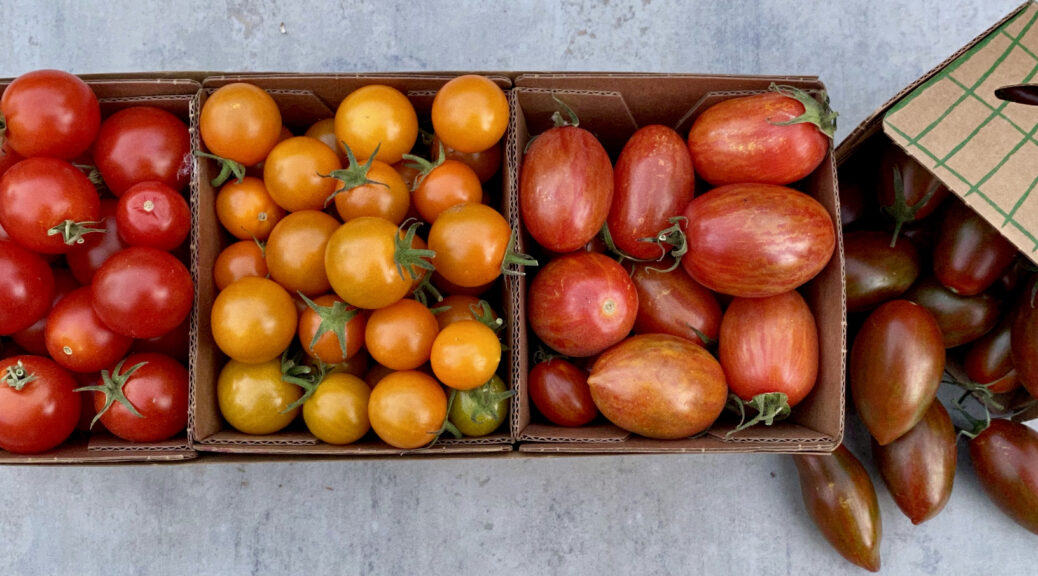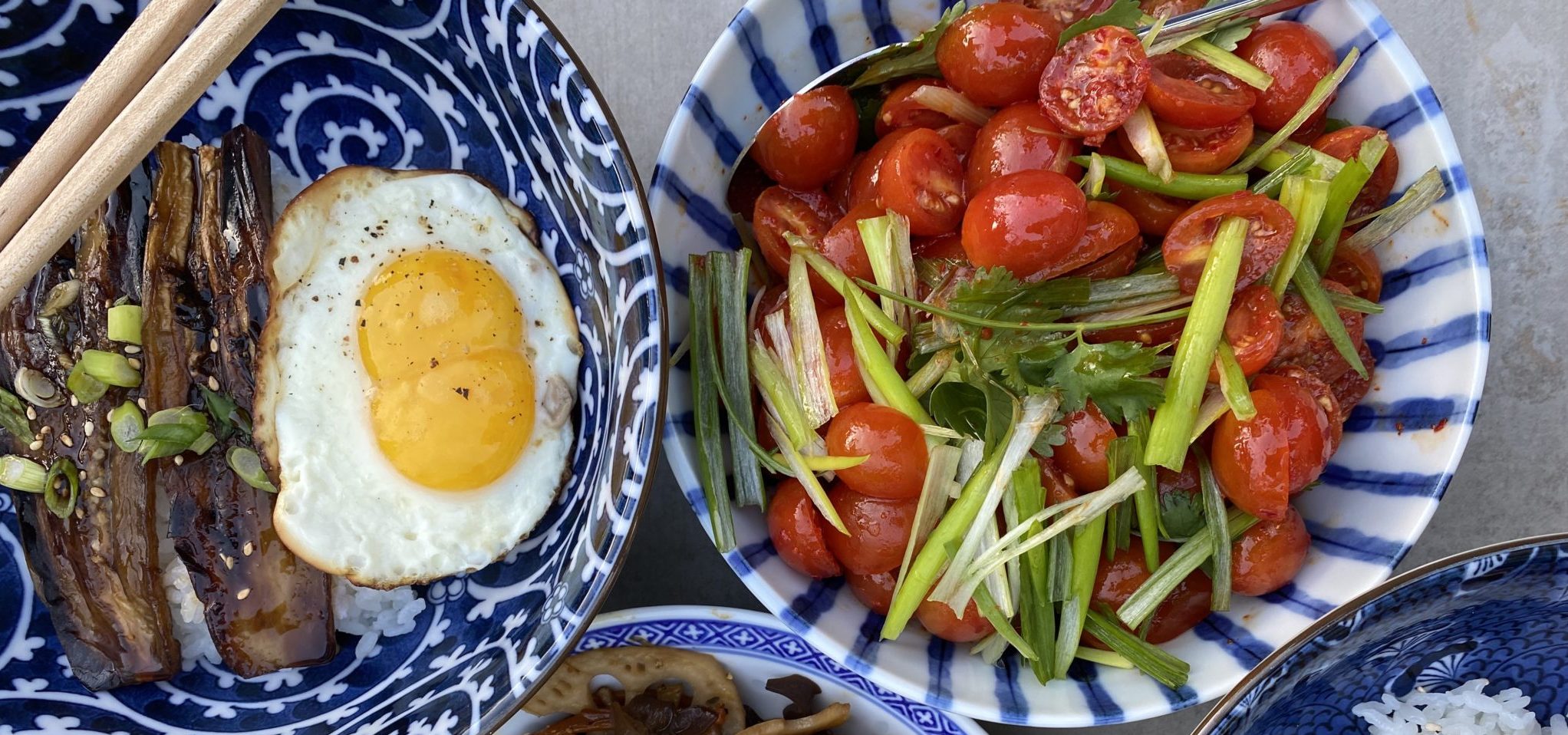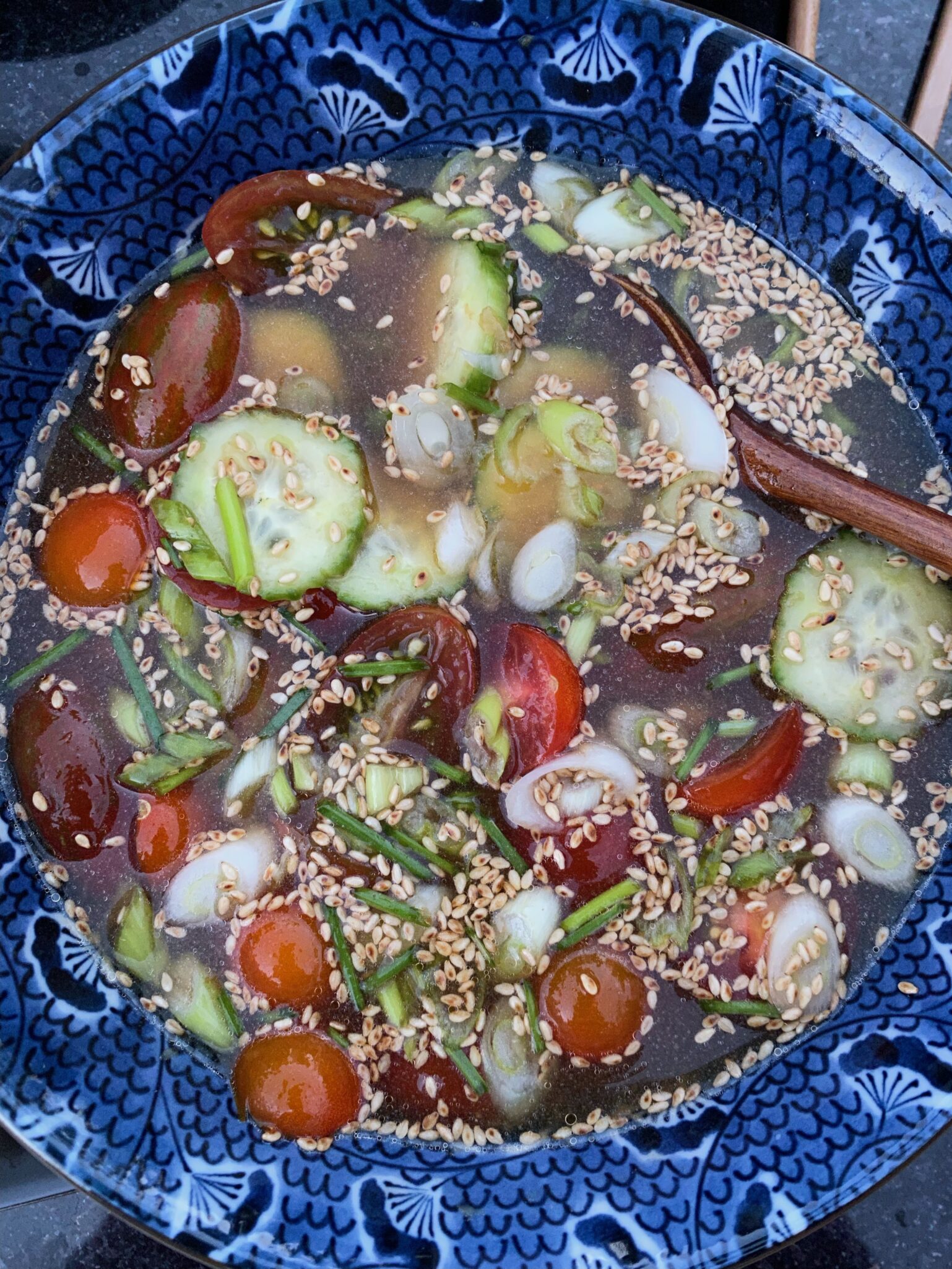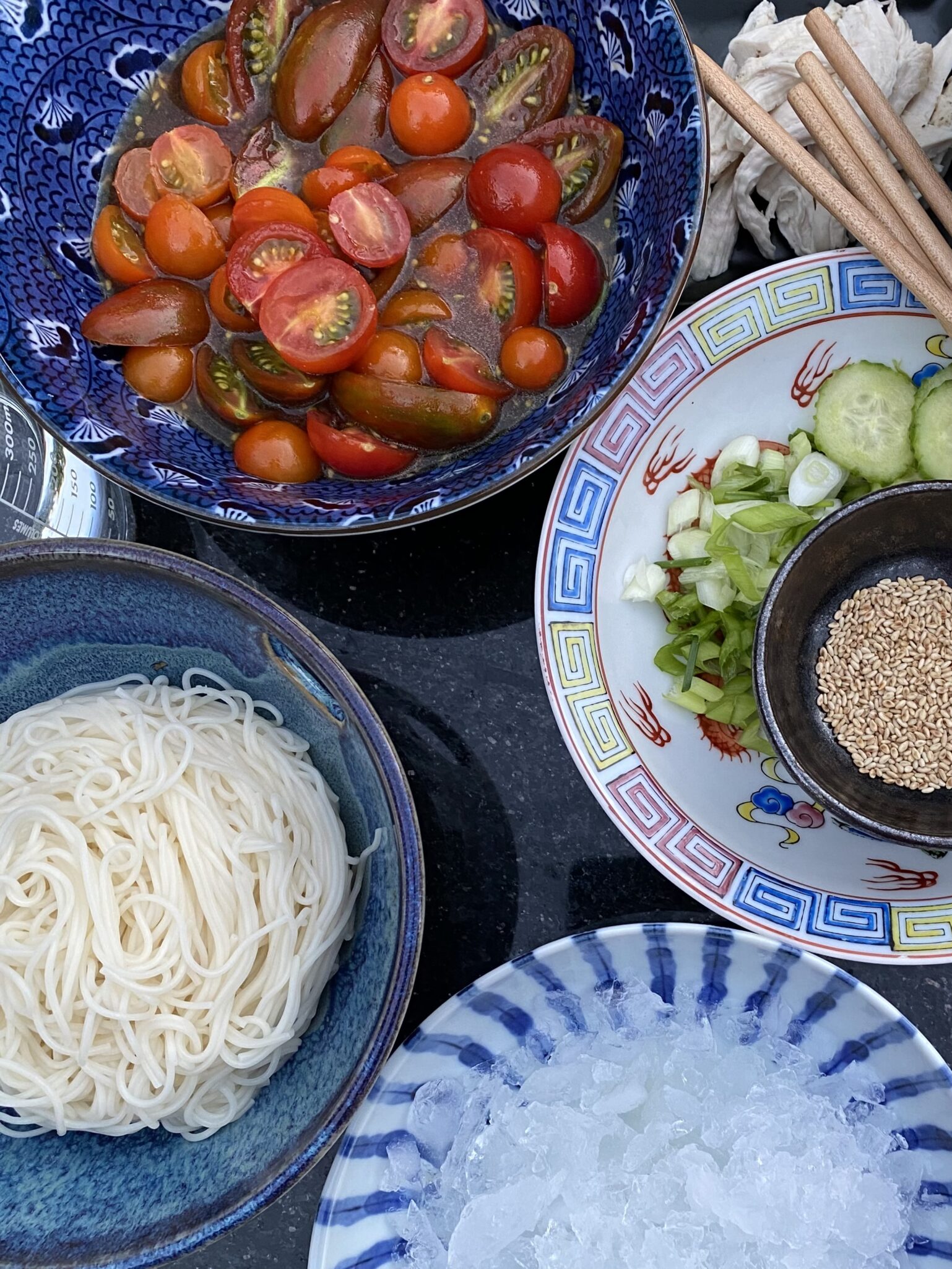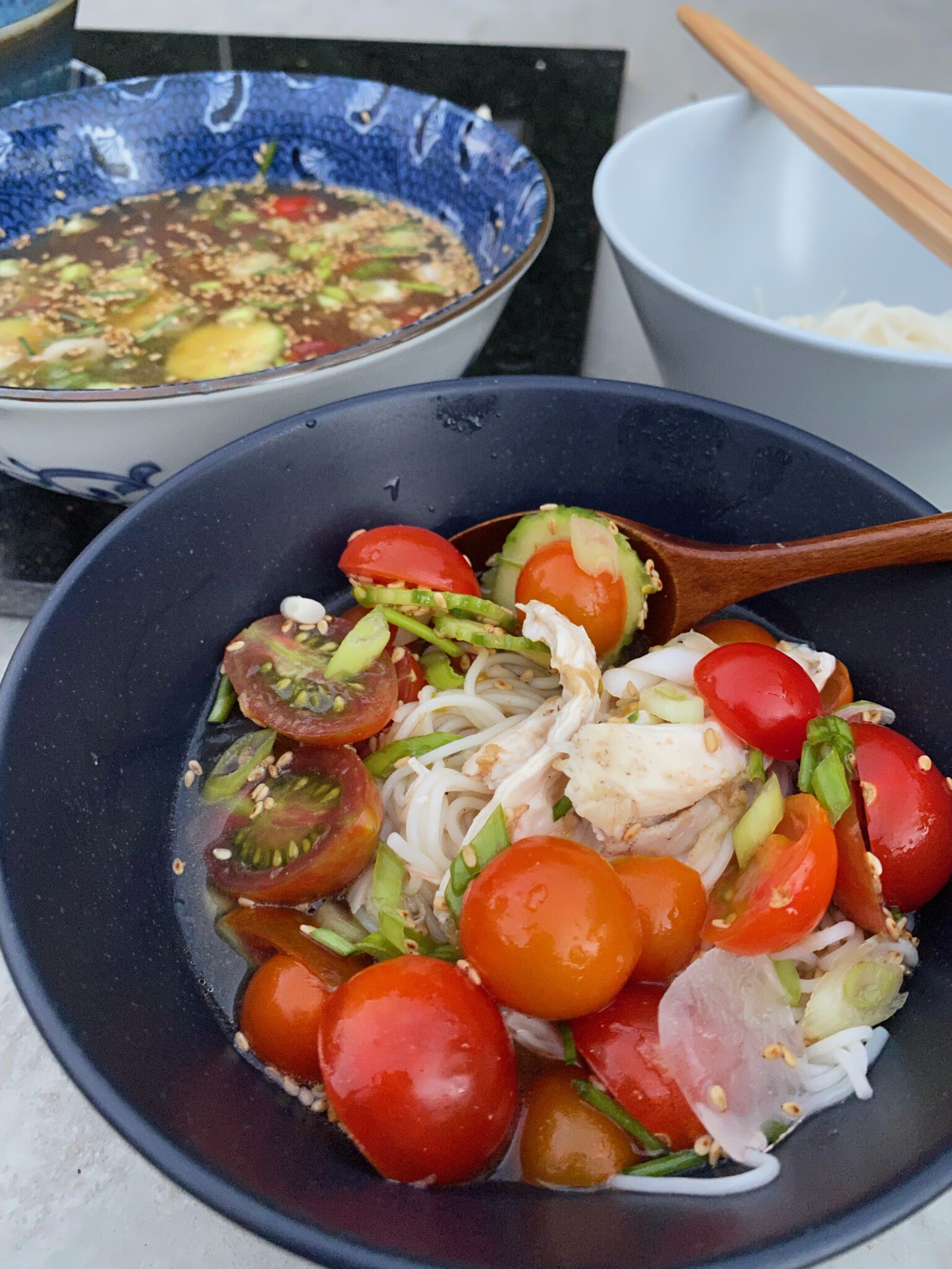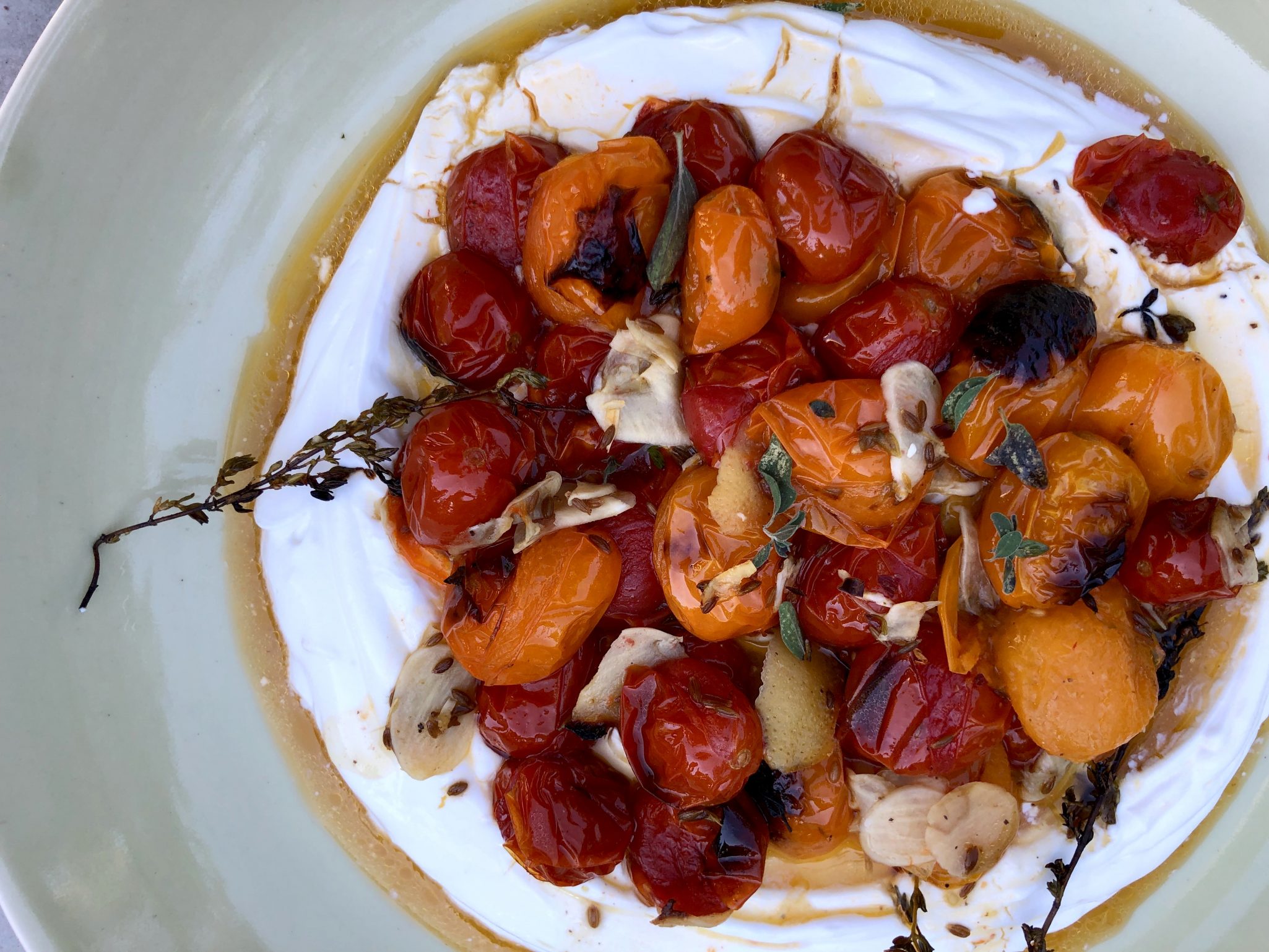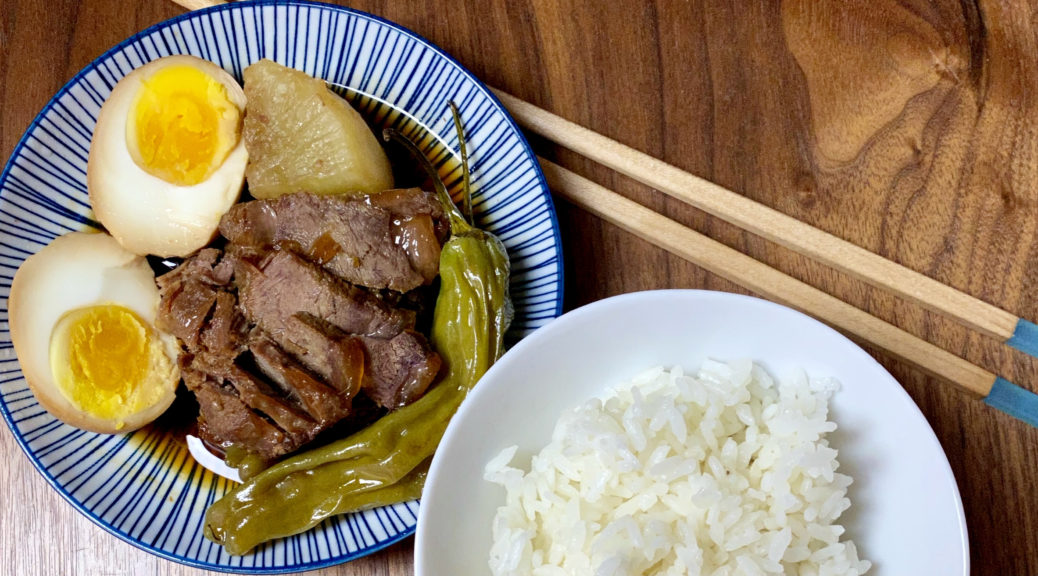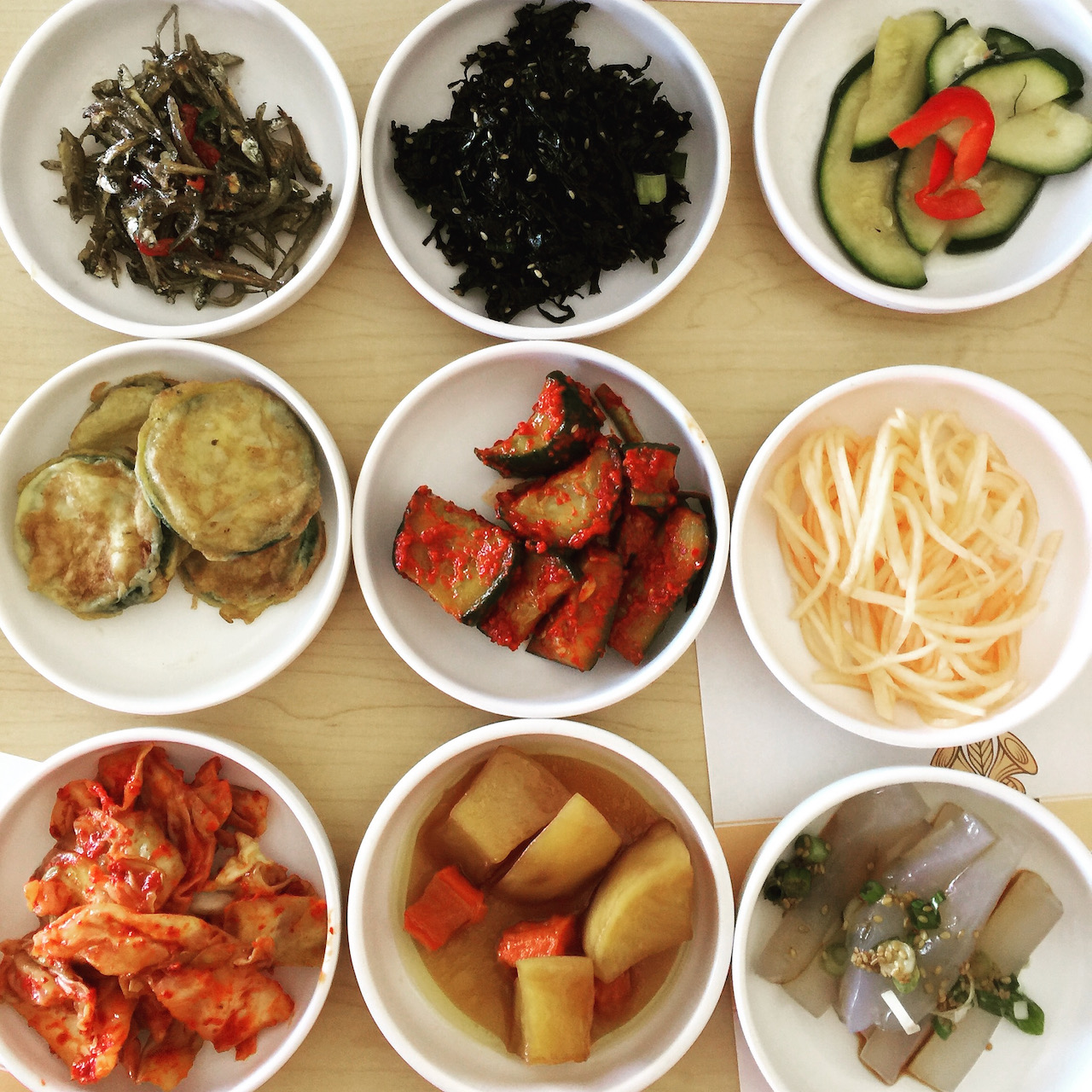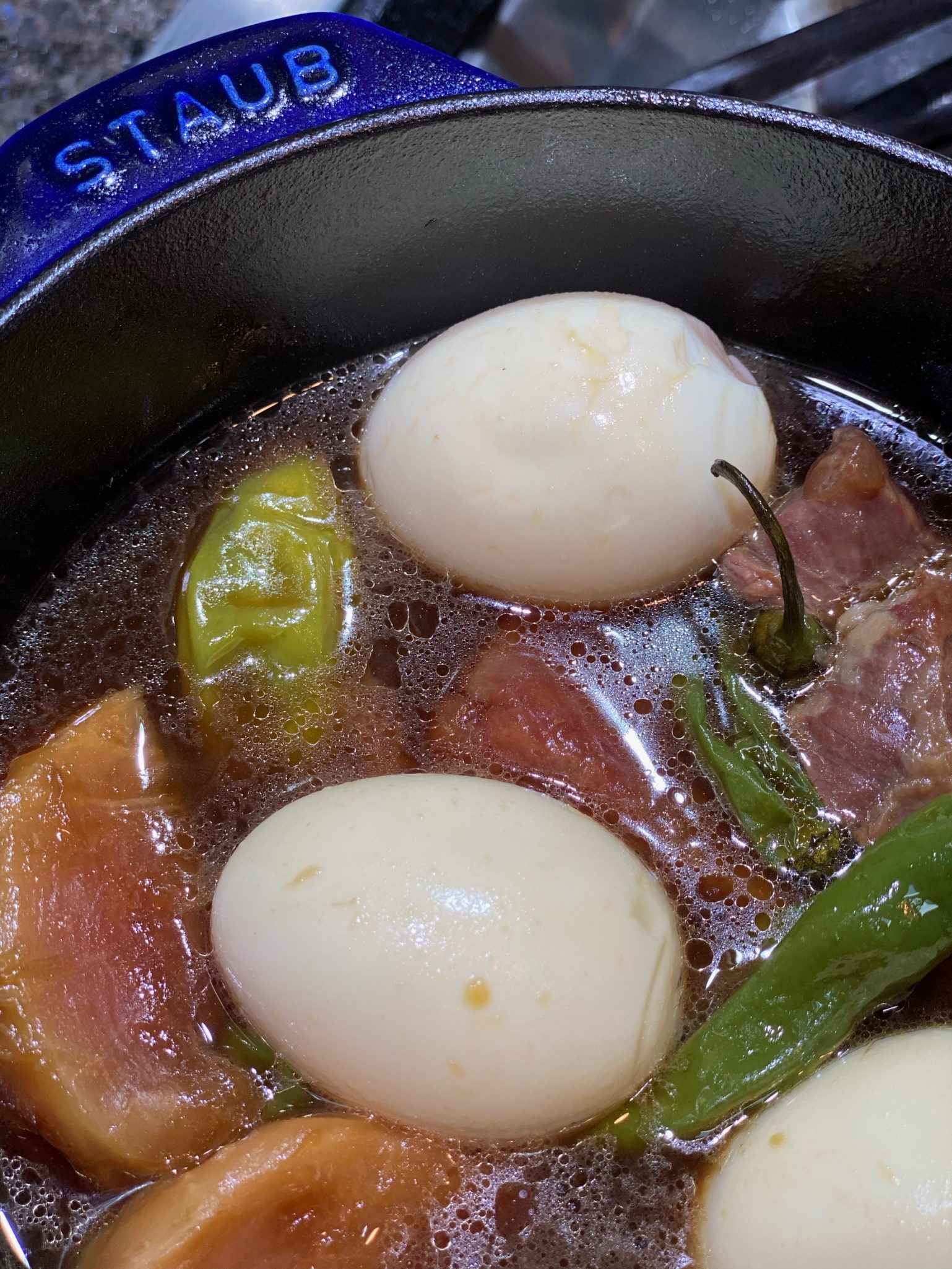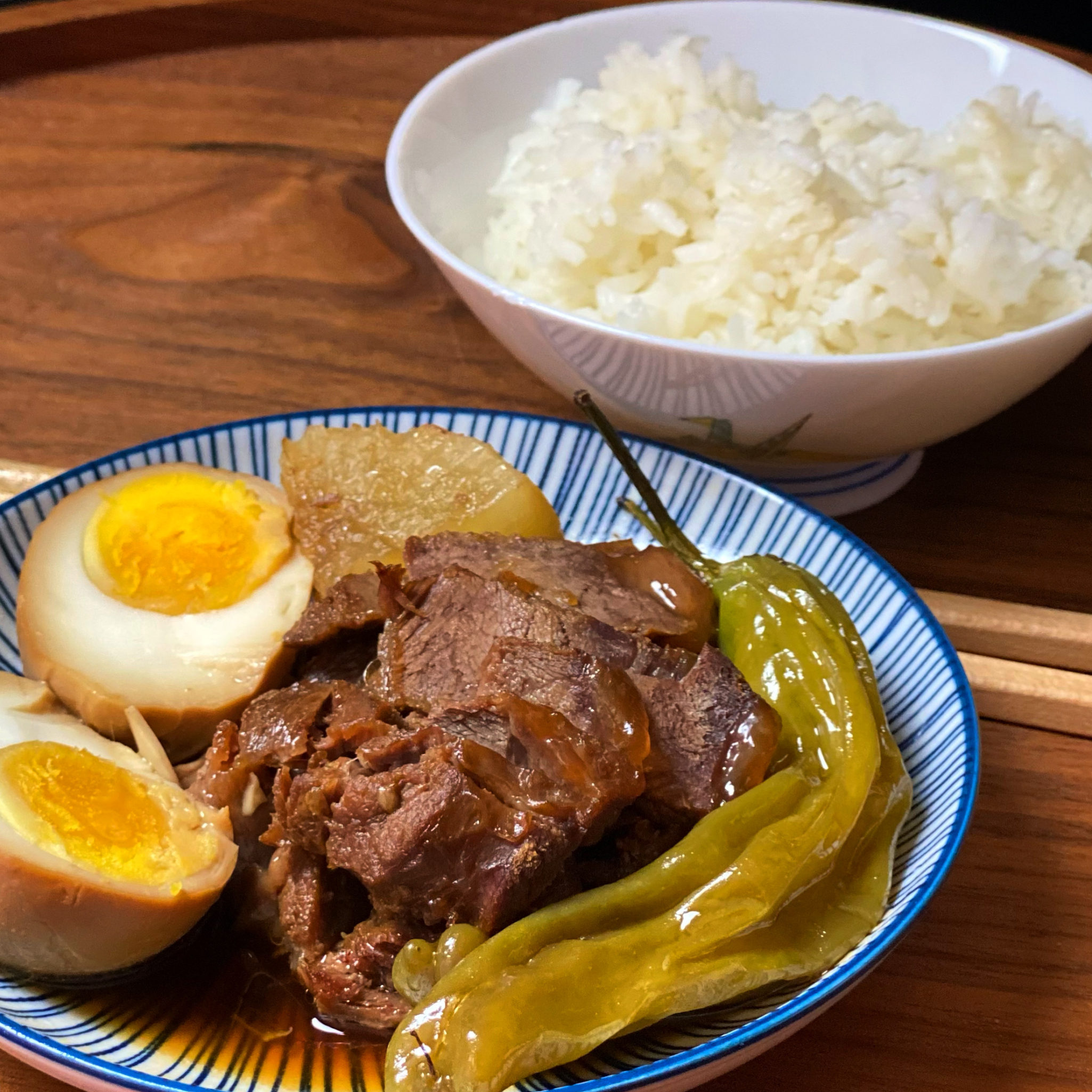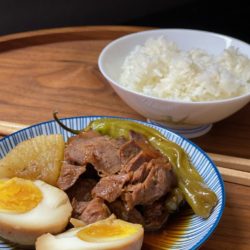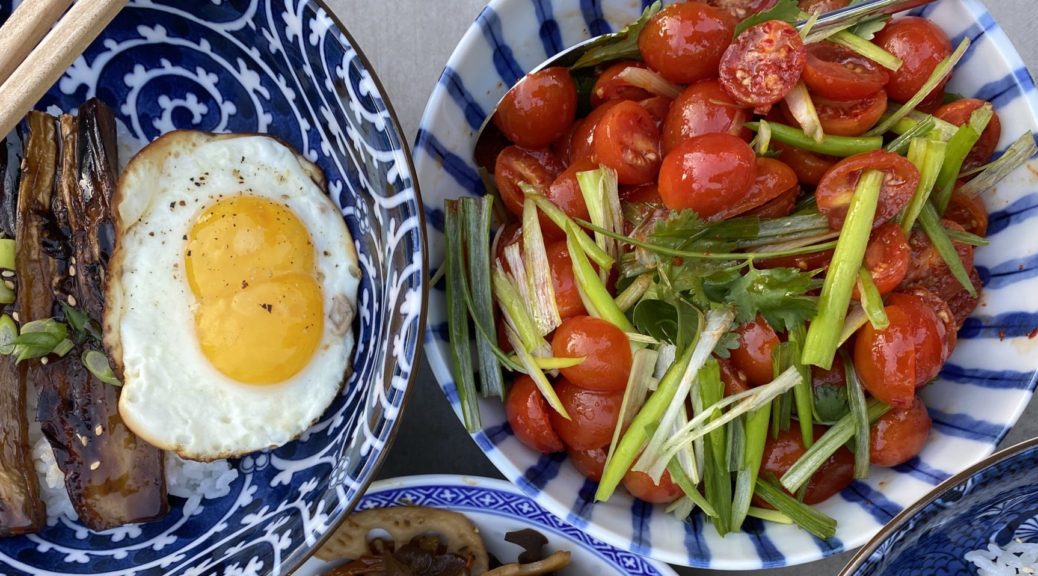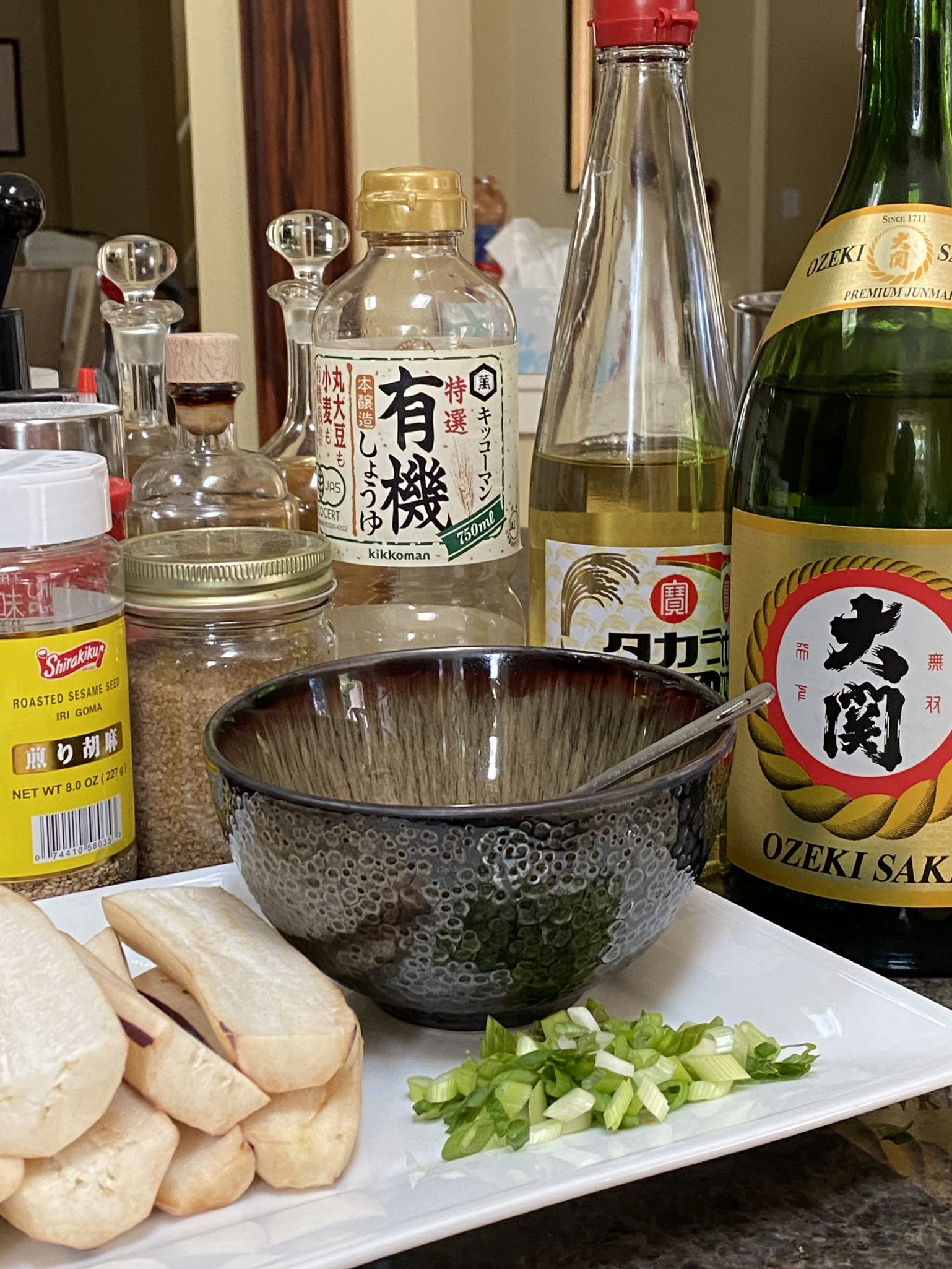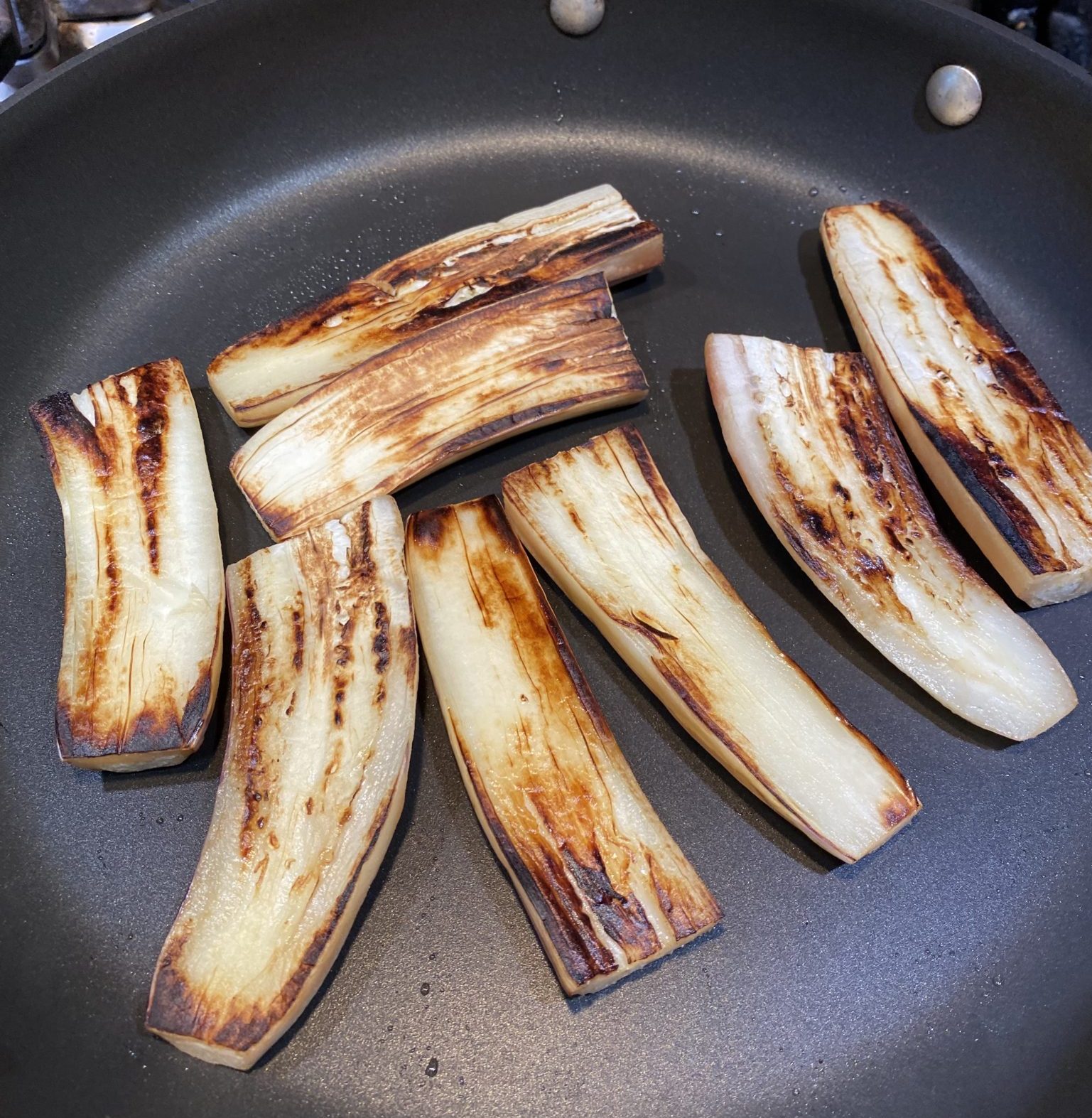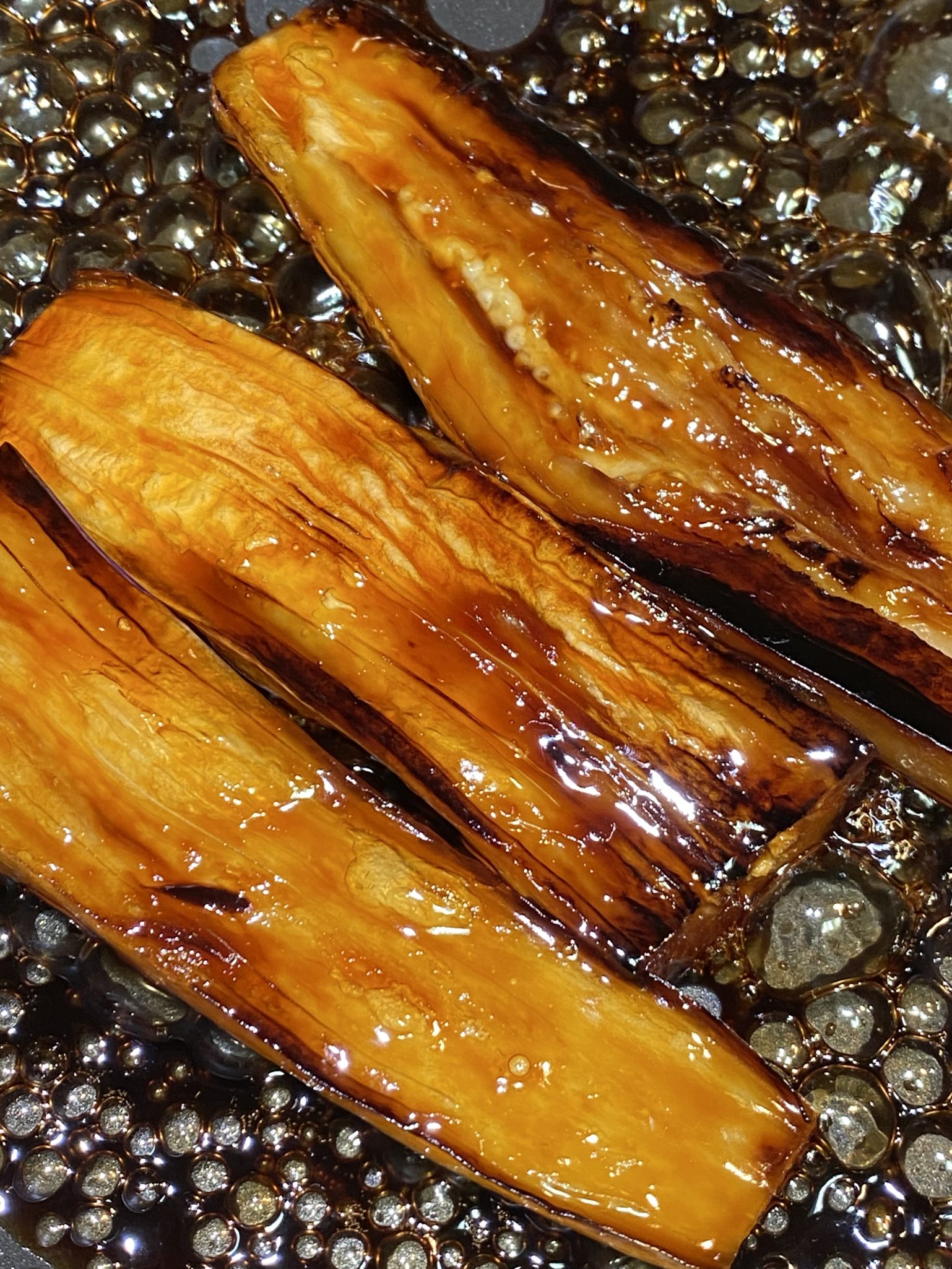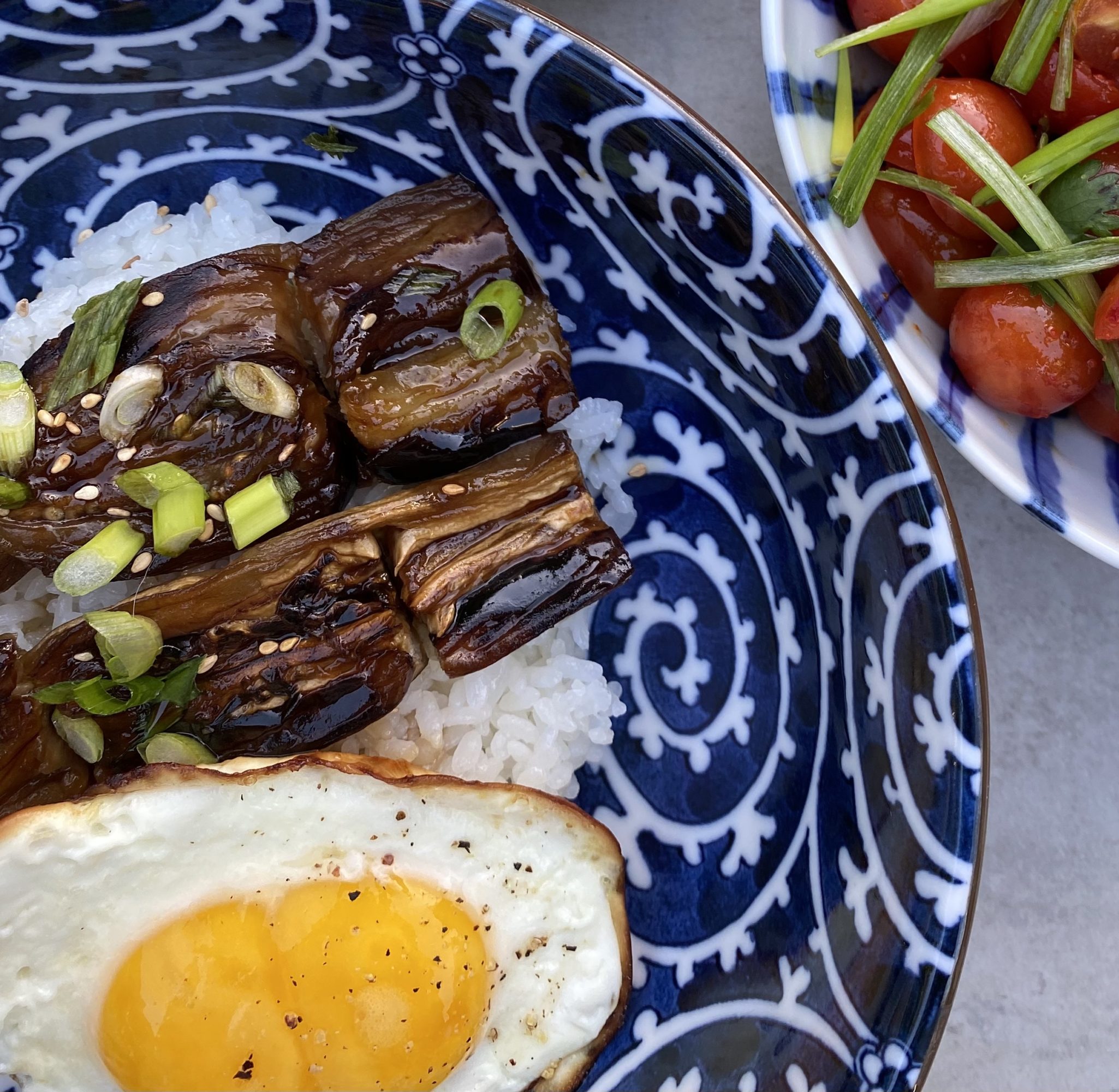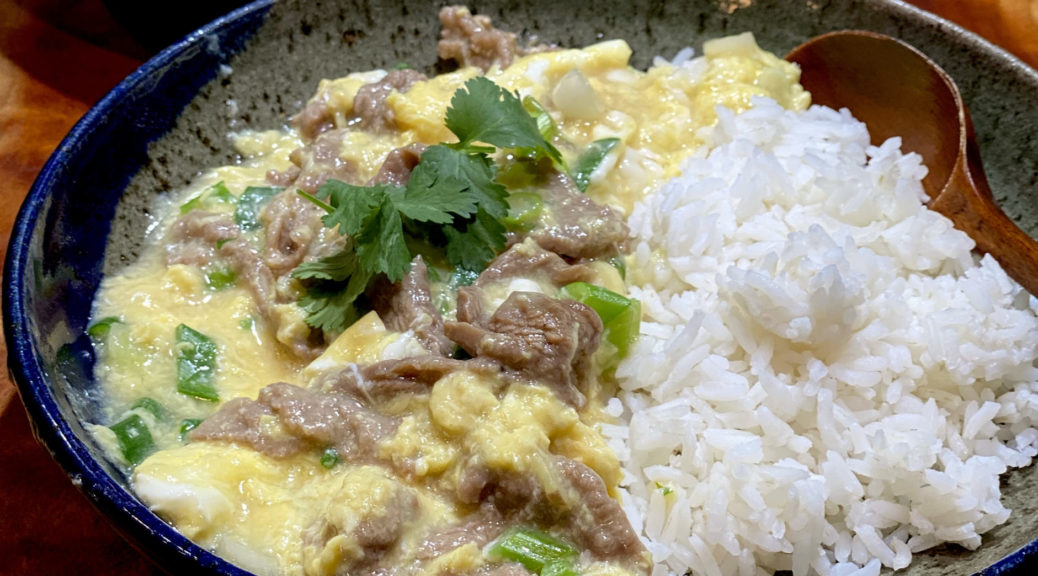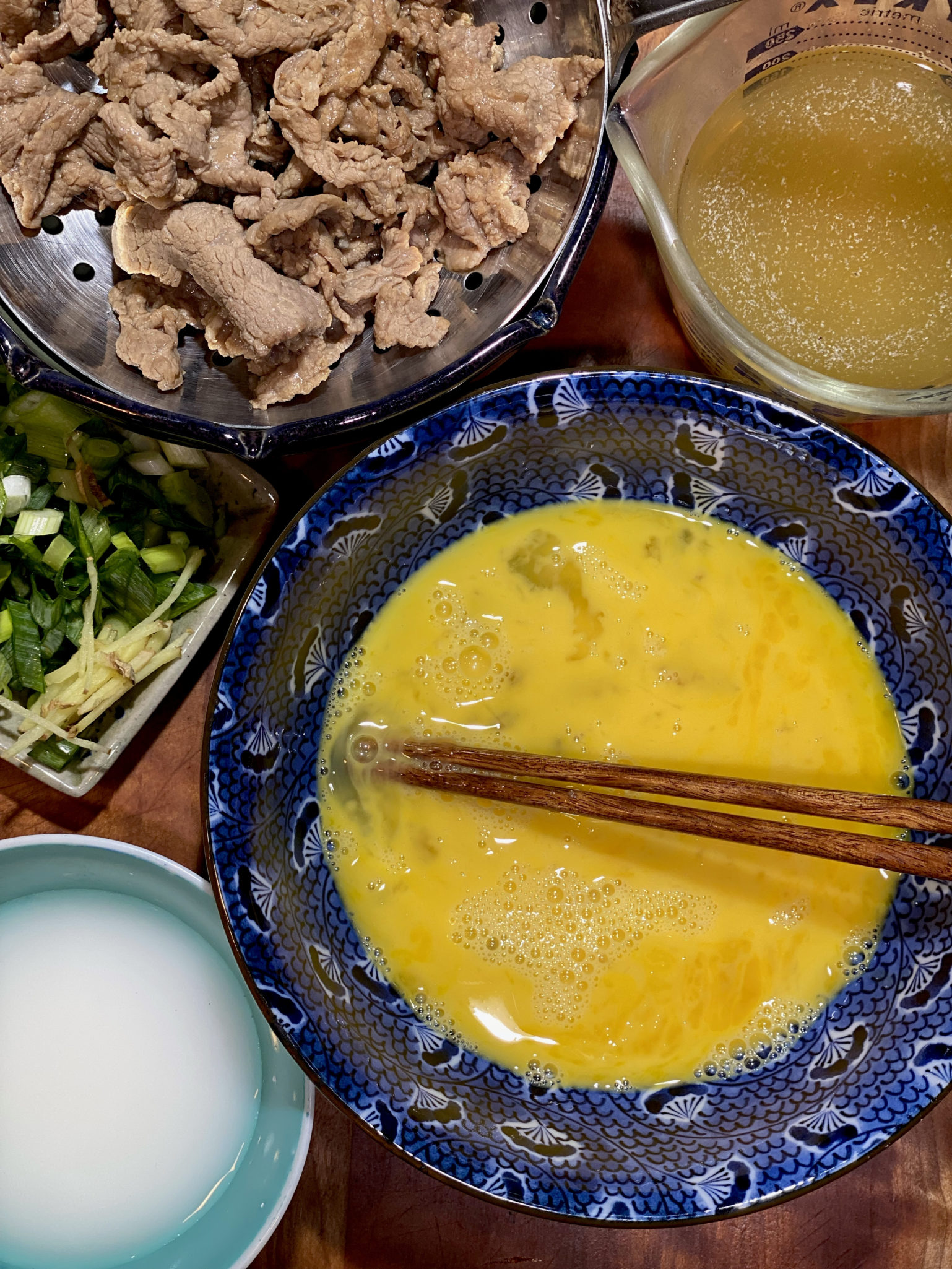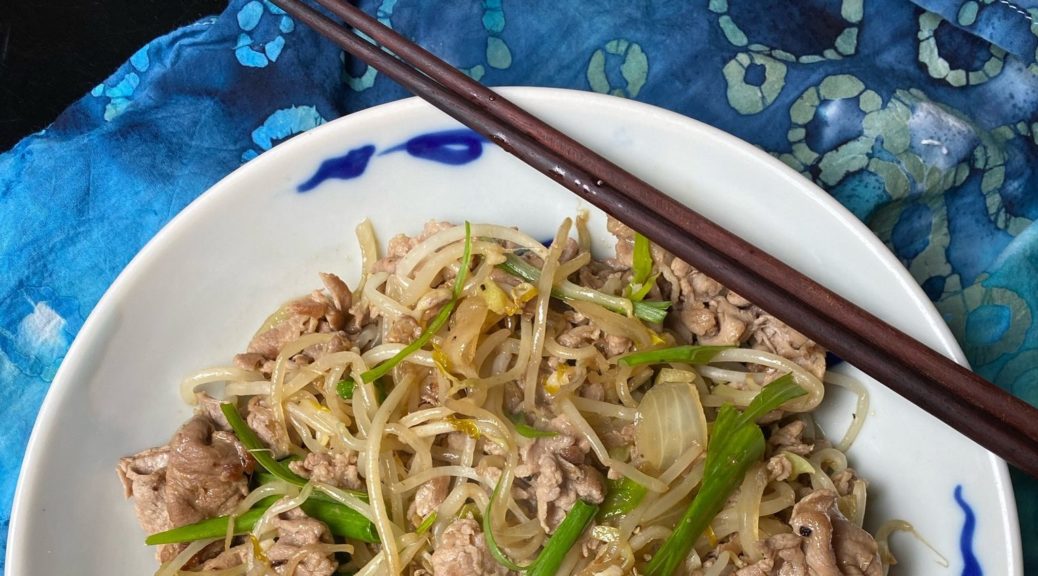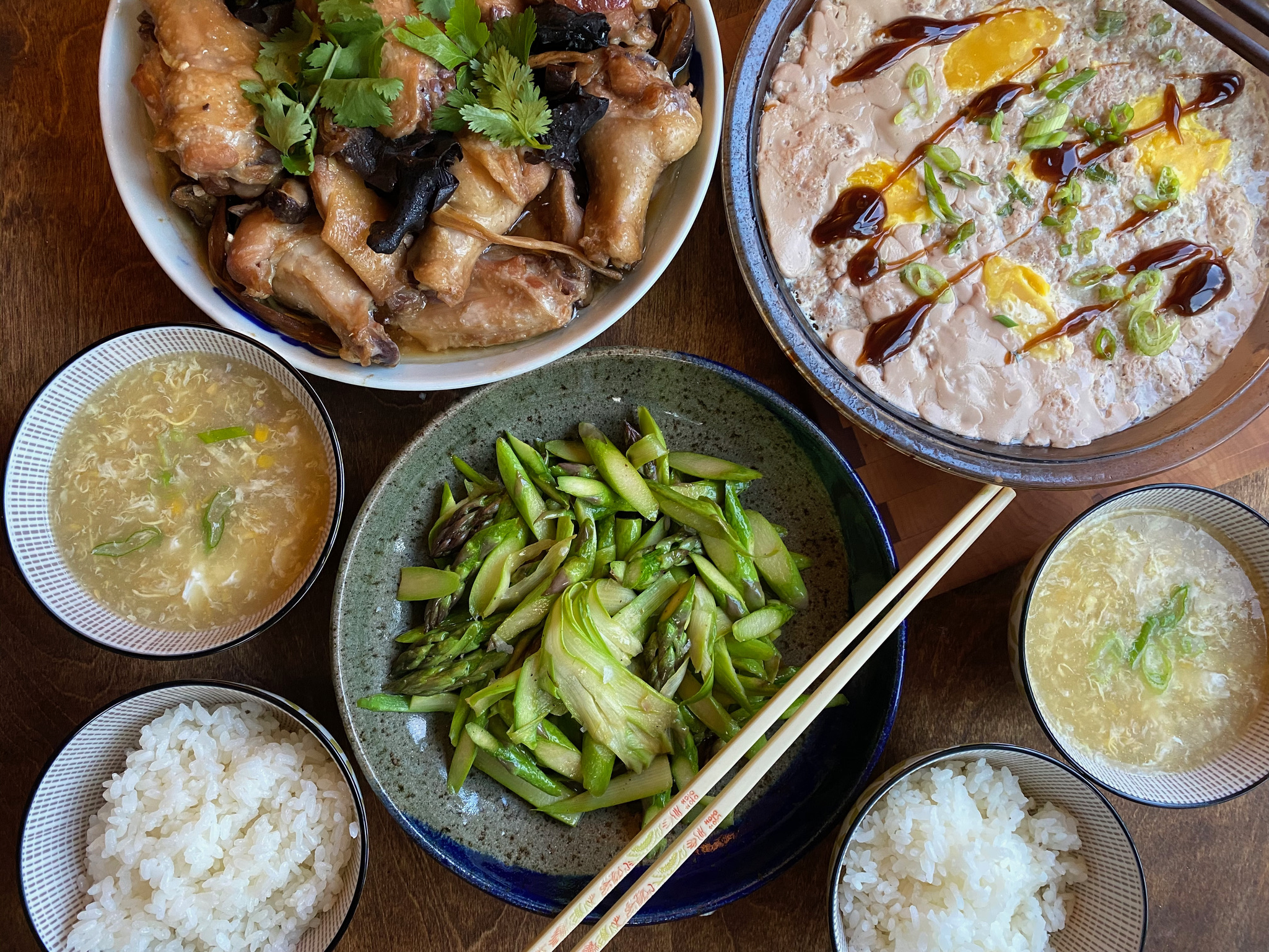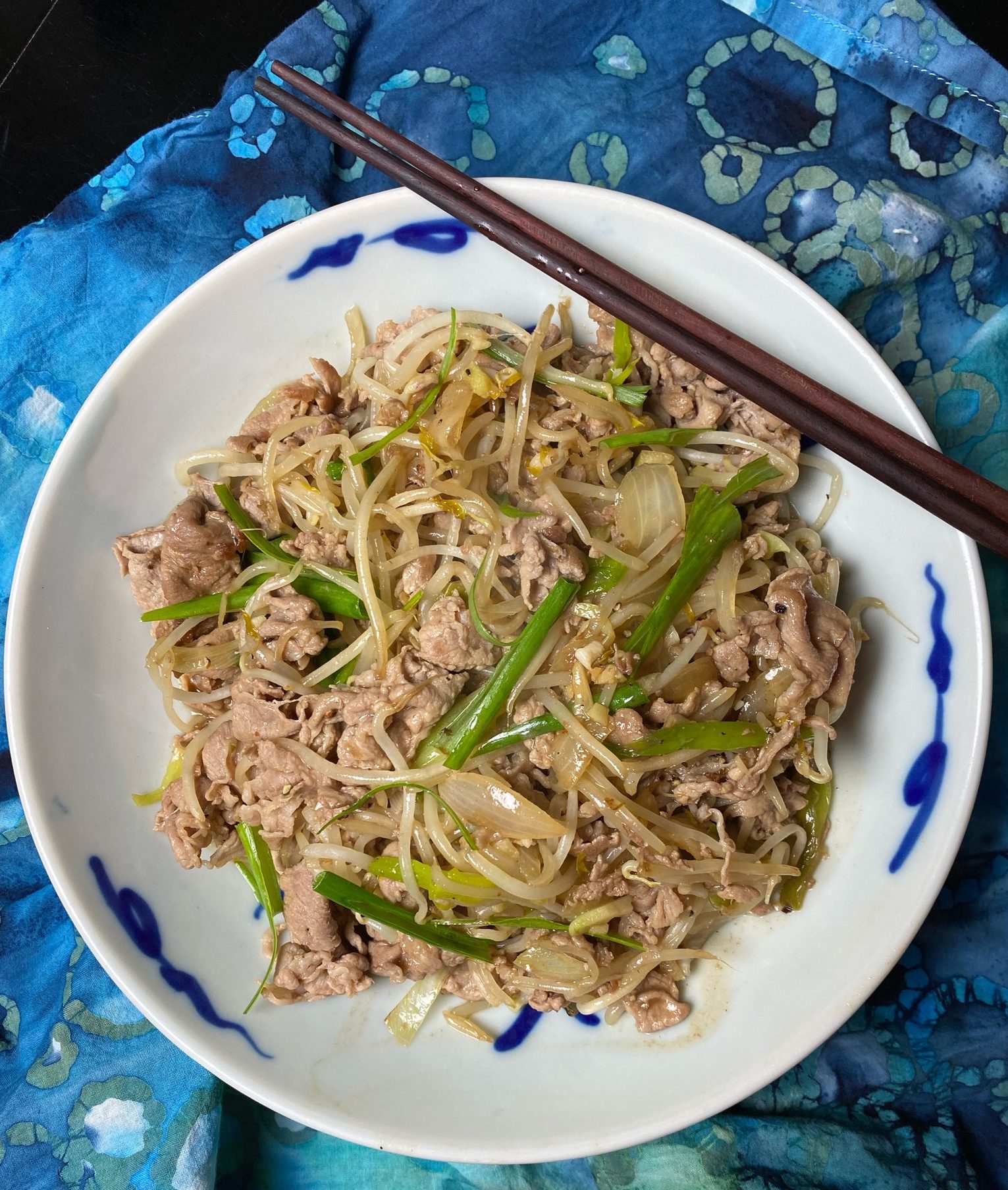
Happy Chicken Pot Pi Day!
Here in California, we have been battered by some extreme weather…more rain, snow and high winds than we have seen in a long, long time. I hope folks are staying safe, warm and dry.
So we are having a somewhat subdued, quiet Pi Day. Especially since we haven’t had power all day! That’s not gonna stop me, pi golly. I adore pies, sweet or savory, by the slice, as a potable hand pie, you get the pic. So Pi Day is just an excuse to make pie. A day of cold, wet, blustery weather calls for comfort food so what better dish than Chicken Pot Pie?
I LOVE Pot Pie. As a kid, it was a special treat if mom pulled out Swanson’s Chicken or Beef Pot Pies for dinner. Little did I know, it meant an easy meal for her. As I got older and my taste became more refined I left behind those Swanson’s pies.
I discovered Marie Callendar’s Pot Pies! So good, more crust, bigger pie, yum.
My love of pies logically led to making my own pies and this includes savory pies, top on the list is Chicken Pot Pie.
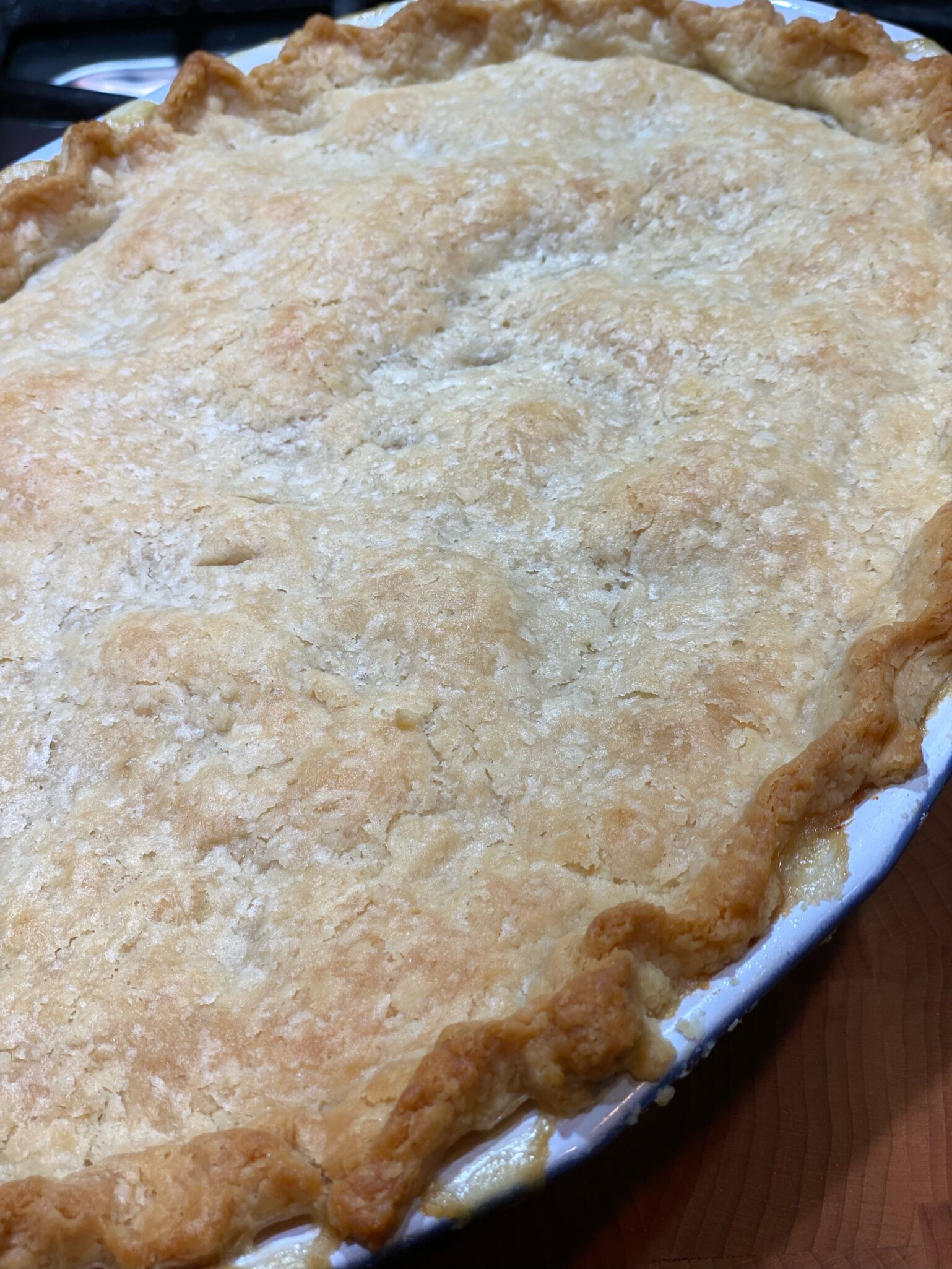
The Elephant In the Room
Not everyone wants or has a compelling need to start from scratch and that’s OKAY! It’s perfectly fine to start with cooked chicken (a Costco rotisserie chicken comes to mind), commercial low-sodium chicken stock AND a premade pie crust. Making a Chicken Pot Pie is a labor of love. If any step, homemade PIE CRUST comes to mind, gives you anxiety, use a shortcut. There are great frozen pie crusts dough and puff pastry doughs that can be used to make a fabulous pot pie. Hate prepping veggies? Frozen WORKS, really. But if you want to go the whole nine yards…read on 🙂
For novice pie makes, this is a good recipe to make over a couple of days so it doesn’t seem overwhelming. Make the pie crust and throw it in the fridge to chill. You could do this up to a couple of days before. This also applies to poaching the chicken and making the filling too. The chicken can be shredded, the stock reduced, and the filling made and kept in the fridge until you are ready to assemble the pie.
Pick your favorite veggies, I like mushrooms, carrots, celery, broccoli, potatoes, and peas. Pretty classic aside from the broccoli. Blanching the veggies ensures they will be nicely cooked in the pie. Blanch 10 minutes, the goal is al dente + so they don’t get too soft. The veggies should be cut roughly the same size for even cooking. The exception to this would be mushrooms, saute’ these before adding to the sauce.
Sauce Me Up
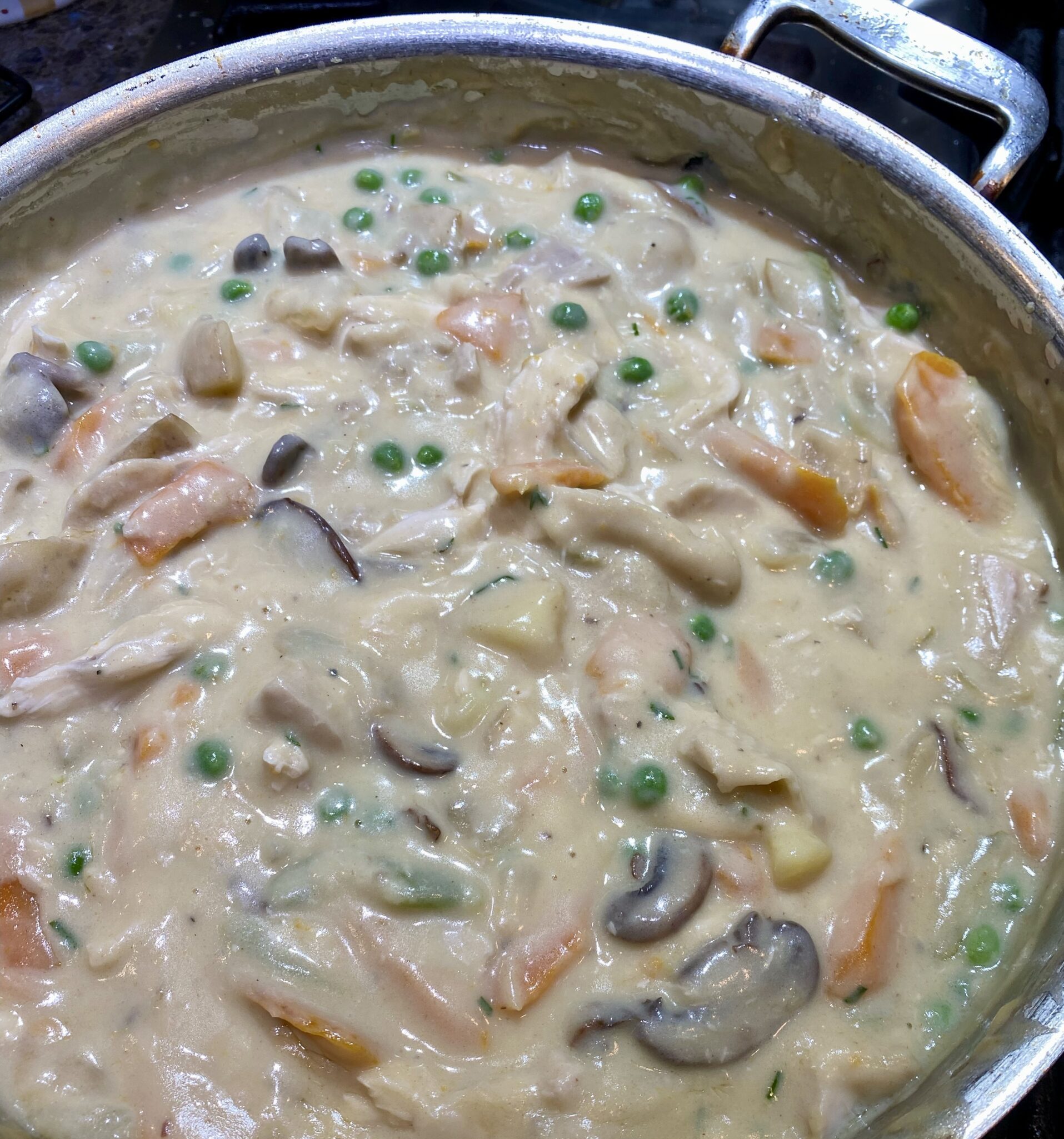
What holds everything together is a simple bechamel sauce of butter, flour, milk,and stock. Start by making the roux . Sauté onions with the butter for flavor and add the flour. Cook this for a couple of minutes before adding the chicken stock and milk. Simmer sauce until it is thick like gravy, stir constantly. Season well with salt and pepper.
Two Pie Camps
There are 2 kinds of pie people in my book, those who like crust (ME) and those who like filling (Can’t even imagine who that is). So I’ve searched far and wide for a pie crust I like.
I love Dorie Greenspan’s pie crust recipe. It’s buttery and flaky, and best of all, it makes a generous amount of dough, enough for a two-crust pie and a small single-crust pie. That’s a lot of crust. Which is exactly what I want.
Make the crust by hand or in a food processor. Be extra vigilant that you don’t overprocess the dough.
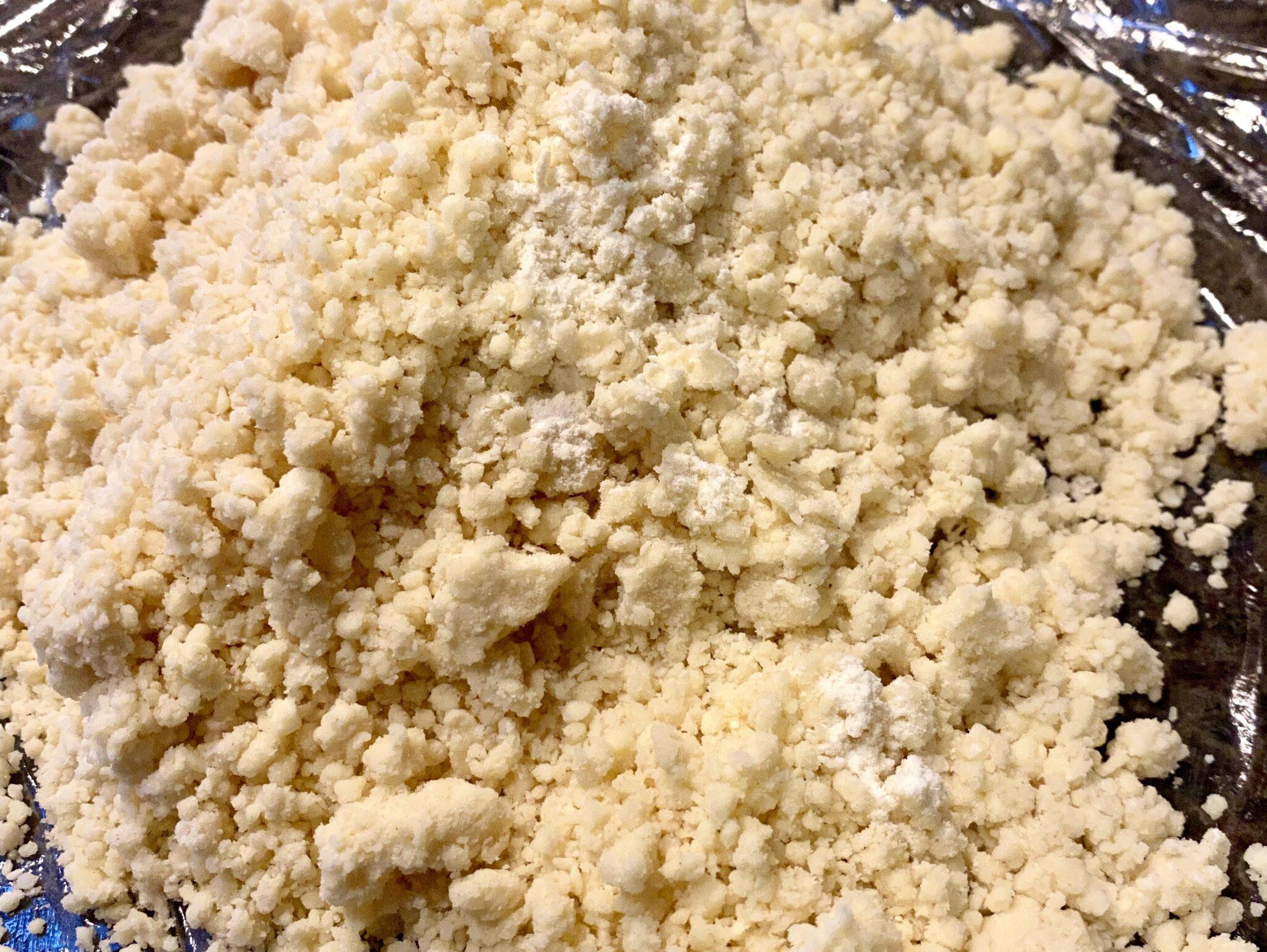
This is what your dough should look like coming out of the food processor. 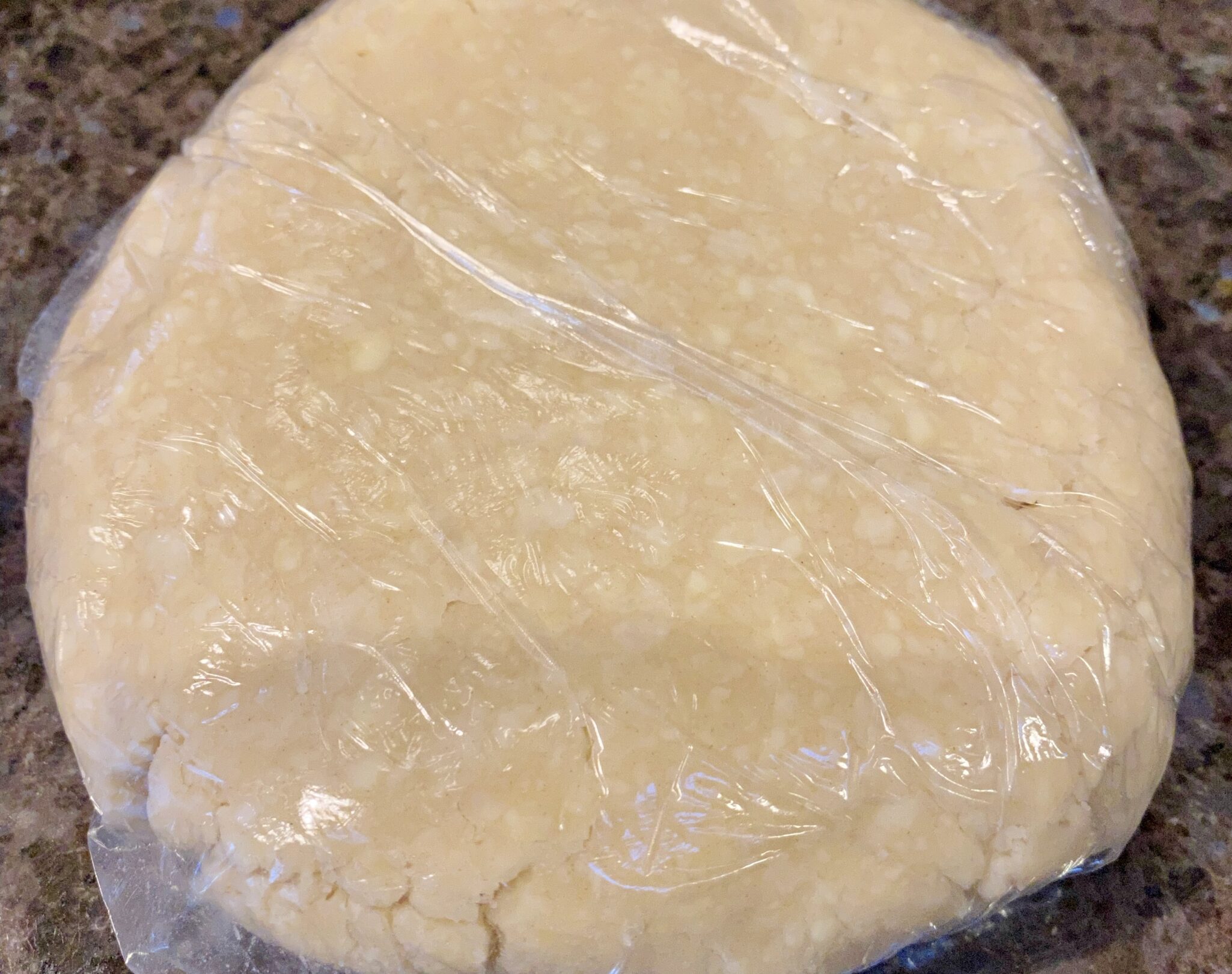
Gather it up into a disc shape and chill. Roll out 2 crusts one for the top and one for the bottom. Follow my tweak below or line your baking dish with the bottom crust and chill again.
Let’s Get to the Bottom of the Pie
Bake your chicken pot pie with a top crust only. What Deb?! That’s less crust! Hold on now…here is the tweak. Roll out the pie dough for the bottom crust then cut out circles or squares from this sheet equal to a serving of your pie. Bake them separately. When it’s pot pie time, place one of these buttery, flaky rounds on the bottom of each plate then topped with a generous wedge of your baked pie over it. Buttery, flaky, crispy, crust on the top and bottom. This, my friends, is chicken pot pie nirvana.
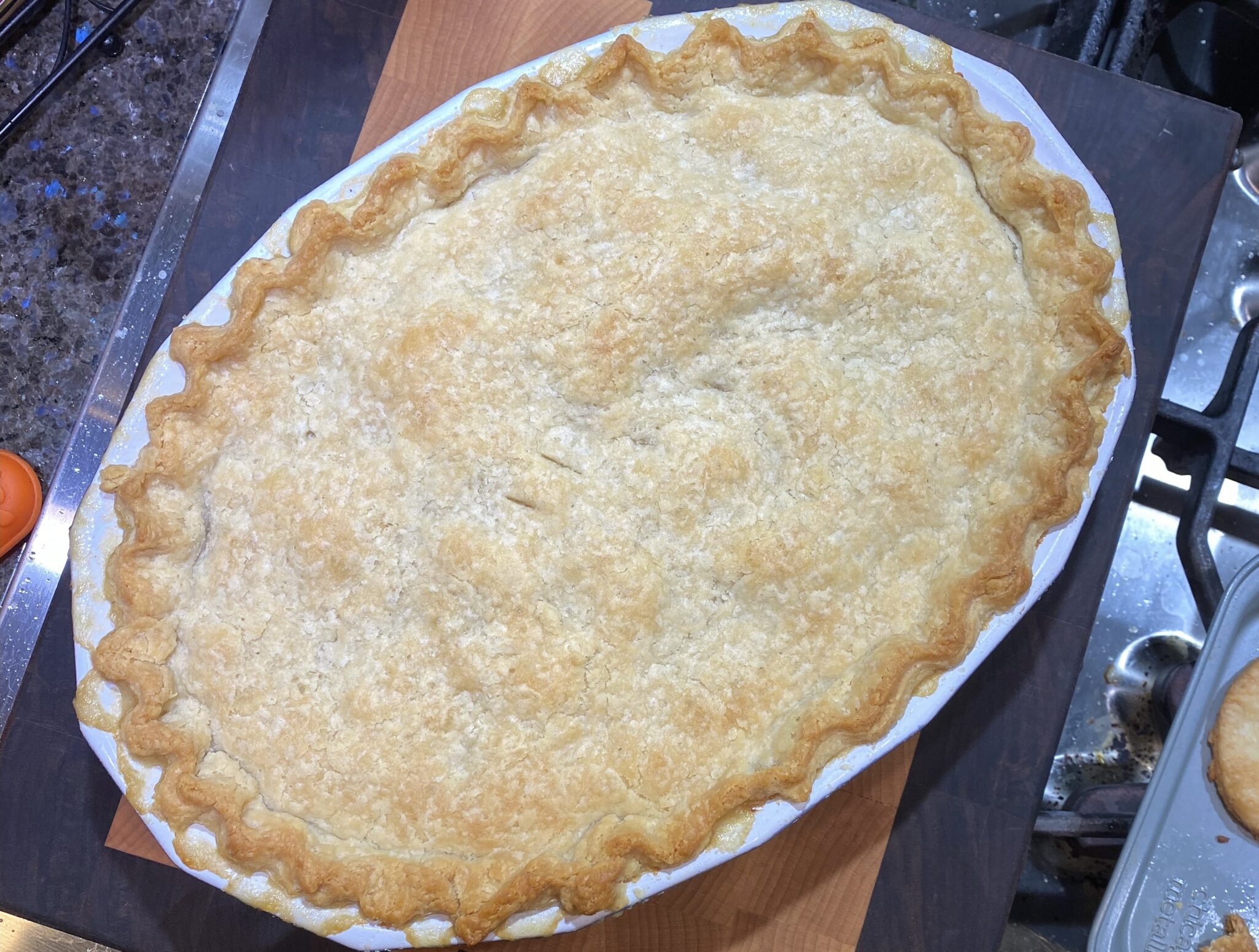
Let it sit for 5-10 minutes before serving!
So, Happy Pi Day, now go make some pie! Check out my IG Reel for Chicken Pot Pie!
Classic Chicken Pot Pie
Equipment
- 1 food processor
Ingredients
The chicken and stock:
- 1 3 1/2-pound whole chicken (approximately 3 cups of cooked chicken, shredded or cubed) Shoretcut 1: Sub chicken parts for whole chicken Shortcut 2: Costco Roast Chicken Yeah, you read that right
- 1 carrot
- 1 stalk celery
- 1 small onion halved
- 2 teaspoons salt or 1 t salt and 1 tablepsoon Better Than Bouillion Chicken Base
Simply Irrecrustable: or Dorie's MoRe CrUsT RecipE
- 1 1/2 cups all-purpose flour
- 1/2 teaspoon salt
- 1/2 cup 1 stick chilled unsalted butter, diced into 1/2-inch cubes (best to chill cubes in the freezer for at least 15 minutes before using)
- 1/4 cup vegetable shortening chilled
- 3 to 4 tablespoons ice water
It's All About the Filling
- 3 med carrots sliced about 1.5 cups
- 2 stalks celery sliced about 1 cup
- 3/4 cup green peas frozen or fresh
- Use any veggies you like broccoli, squash, potatoes. You want about 3 cups of vegetables sliced or chopped.
Da Sauce: This is a generous amount of sauce so you can increase your veggies if you like.
- 6 tablespoons unsalted butter
- 1 1/4 cups yellow onion (you have leeway use 1 med or large onion which yields 1 cup to 1-1/2 cups diced onions diced
- 1/2 cup all-purpose flour
- 2 1/2 cups chicken stock reserved from cooking chicken
- 1 1/2 cups milk
- 1 teaspoon chopped fresh thyme leaves
- 1/4 cup dry sherry
- 2 tablespoons minced fresh parsley
- 2 teaspoons salt to taste
- 1/2 teaspoon freshly ground black pepper to taste
- For the egg wash: optional
- 1 egg whisked with 1 tablespoon water
Instructions
Da Chicken: A whole chicken in a large stockpot with water to make a chicken pot pie casserole. Yep, you read that right.
- Combine the chicken, carrot, celery, onion and salt or chicken base into a large stock pot. Add cold water until just covered and bring to a boil over high heat.
- Reduce the heat to a simmer and cook for 45 minutes. Remove the chicken from the pot and let cool for 15 minutes. While the chicken is cooling, continue to boil the remaining water and vegetables in the pot.
- When the chicken is cool enough to touch, strip away as much of the meat as you can. Place the meat on a dish, set aside. Shred chicken or cube. You should have about 3 cups.
- Return the chicken bones to the stockpot and continue to boil, on high heat, until the stock has reduced to a quart or quart and a half.
- Set aside 2 1/2 cups of the stock for this recipe. Freeze remaining stock for a rainy day.
All About the Crust: Simply Recipe Yields only 1 crust. You will need to double it or make Dorie's omitting the sugar
- Combine the flour and salt in a food processor. Add the chilled butter cubes and pulse 5 times to combine. Add the shortening and pulse a few more times, until the dough resembles a coarse cornmeal, with some pea-sized pieces of butter.
- Slowly stream in ice water, a tablespoon at a time, pulsing after each addition, until the dough sticks together when you press some between your fingers.
- Empty the food processor onto a clean surface. Use your hands to mold into a ball, then flatten the ball into a disk. Sprinkle with a little flour, wrap with plastic wrap, and refrigerate for at least 30 minutes, or up to 2 days, before rolling.
Filling It Up
- Blanch prepped carrots, celery, potatoes, broccoli (if using) in water for about 10-15 minutes. Veggies should be al dente but cooked through. Set aside.
- In a large skillet, melt butter on medium heat. Add the onions and cook until they're translucent, about 10 minutes. Add the flour and cook, stirring, one minute more.
- Whisk in 2 1/2 cups of the chicken stock. Whisk in the milk. Decrease the heat to low and simmer for 10 minutes, stirring often until thickened and creamy.
- Add the chicken, thyme, sherry, peas, blanched veggies, parsley, salt and pepper and stir well. Taste and adjust seasoning if necessary. Pour into prepared baking dish(s)
Pieformers: Assemble
Bake: Preheat oven to 375
- Roll out dough on a lightly floured surface to a little less than a quarter-inch thick.
- Roll roughly to the shape and size of your baking dish. A little bigger so you crimp the edge. Lay pastry over filling and dish.
- Fold the excess dough under itself and crimp edge of pie.. Cut a 1-inch vents into pie. Use a pastry brush to apply an egg wash to each pie.
- Line a baking sheet with foil, place pie on baking sheet. Bake at 375°F for 45 minutes, or until the pastry is golden and the filling is bubbling. If the edge gets too dark, cover with foil.
- Let cool for at least 5 minutes before serving.

